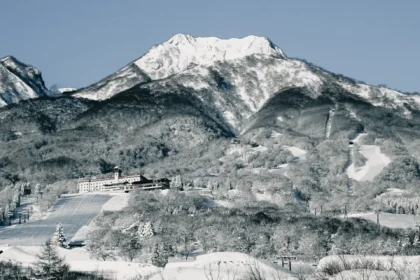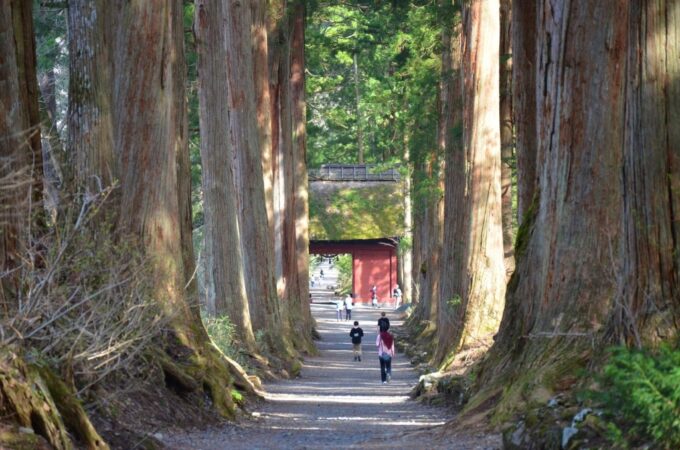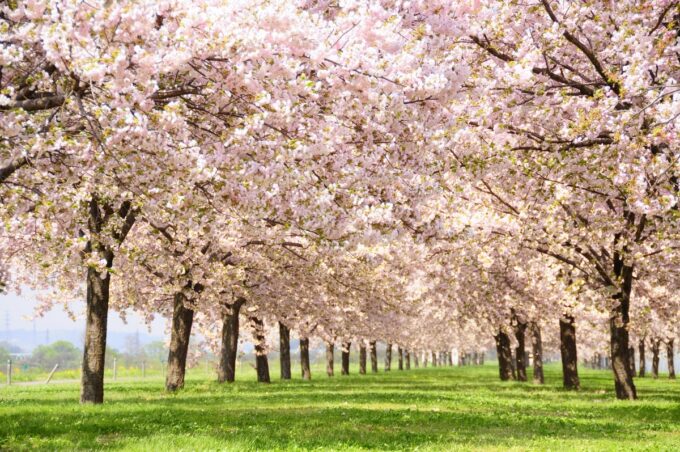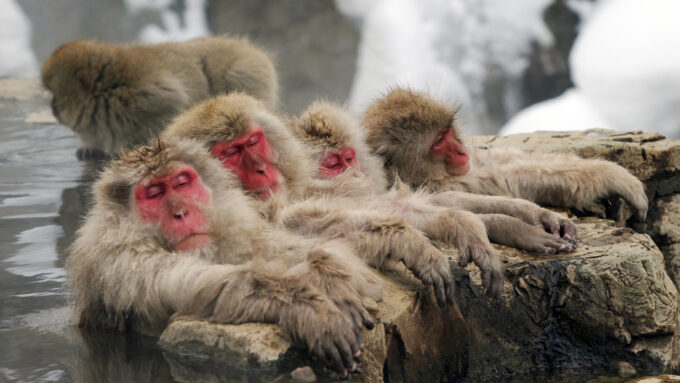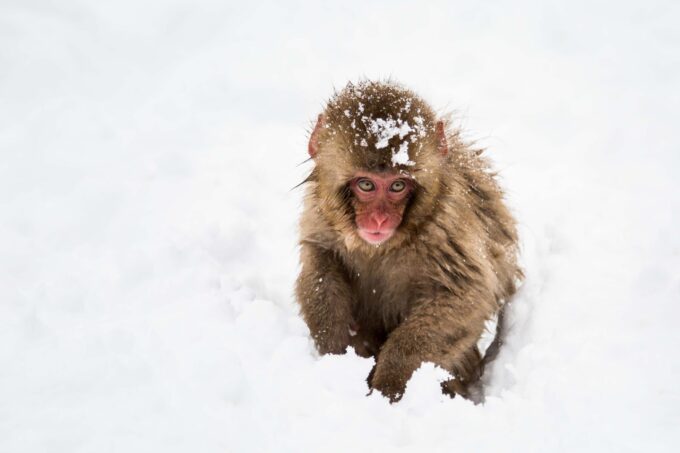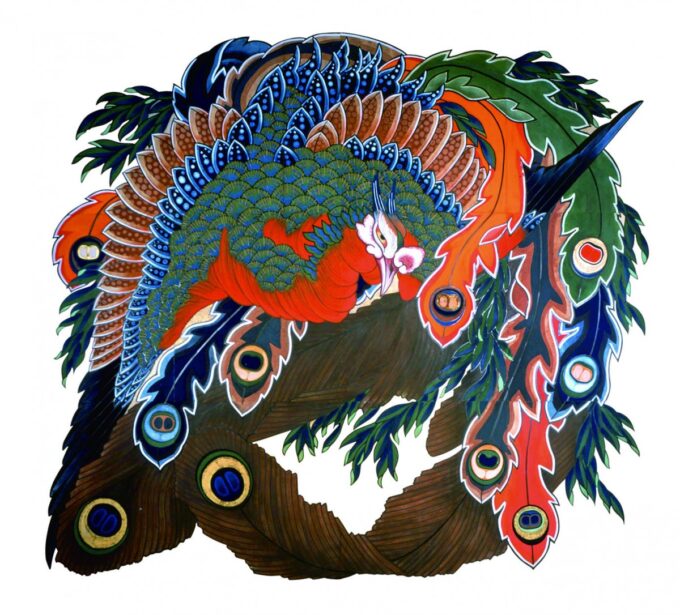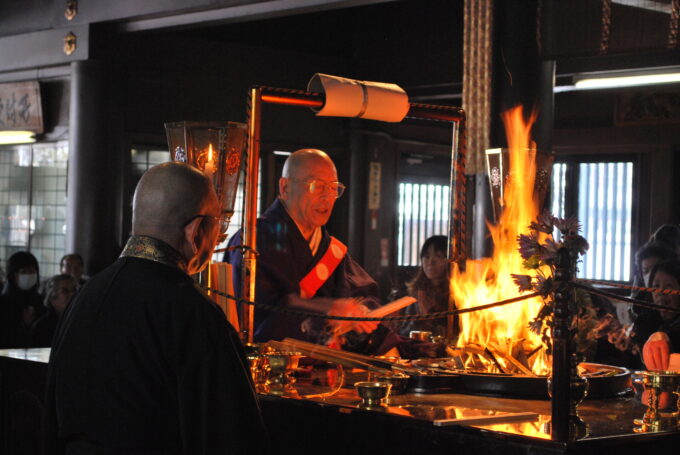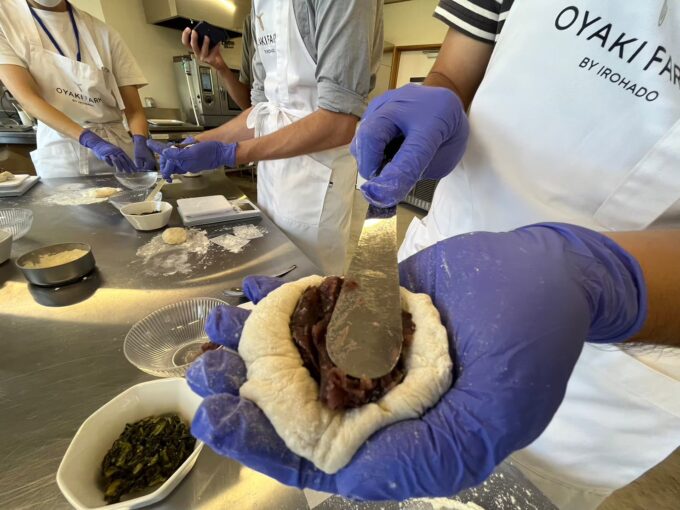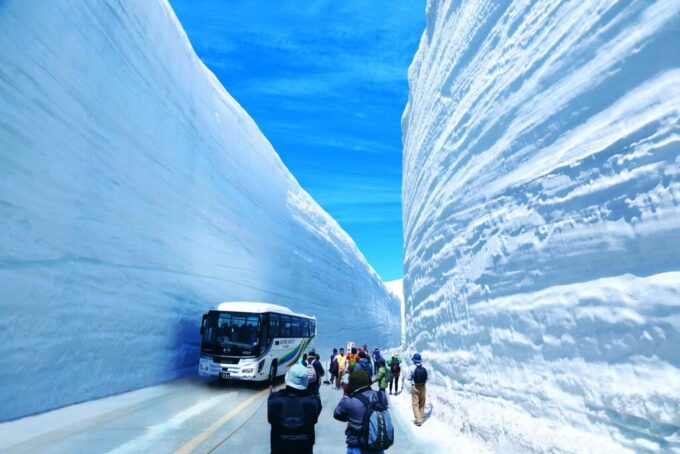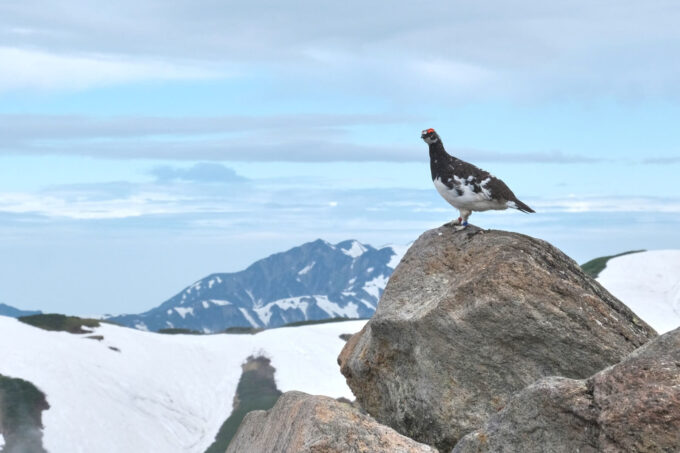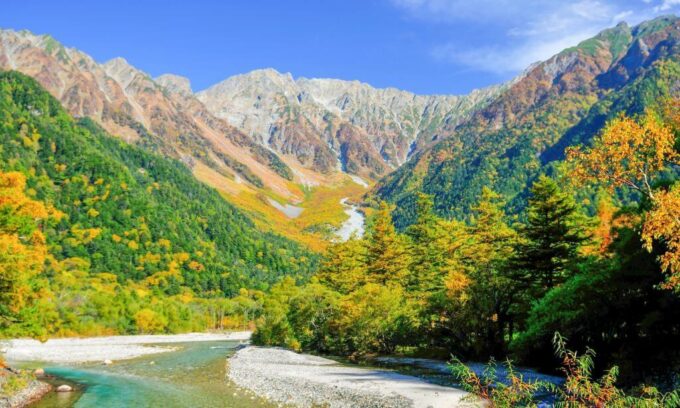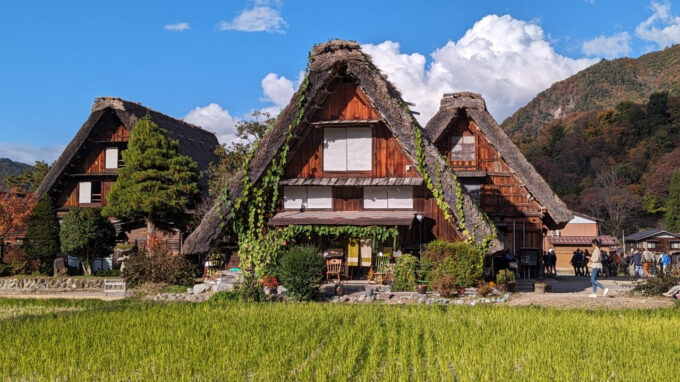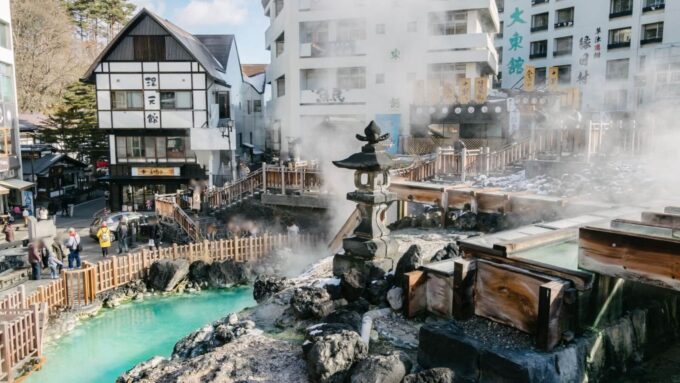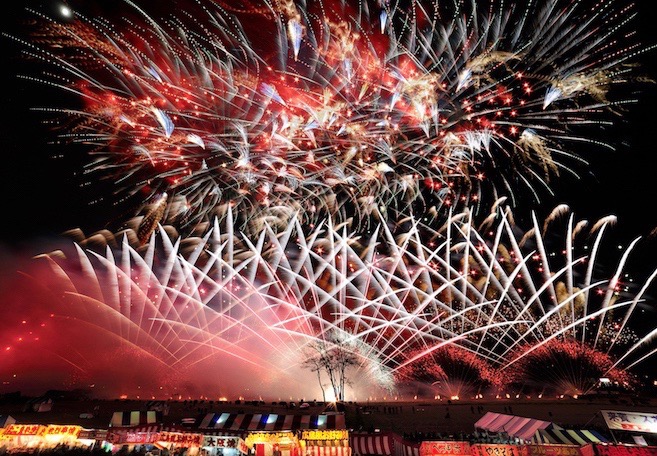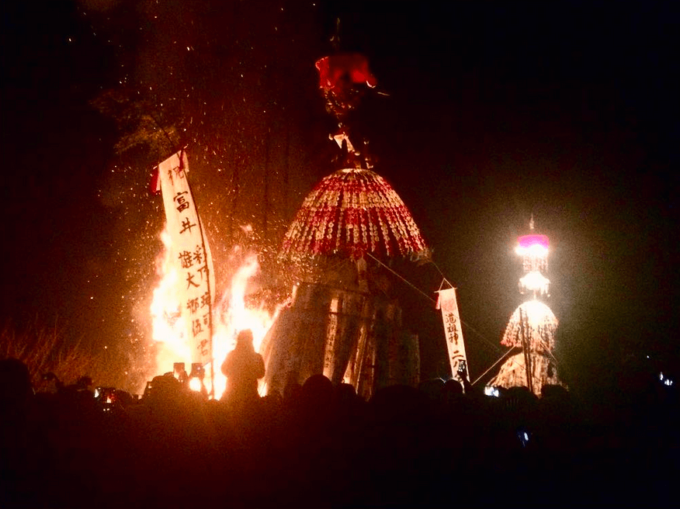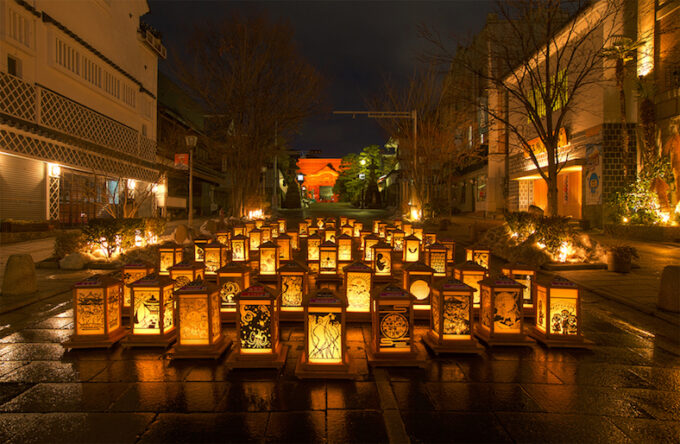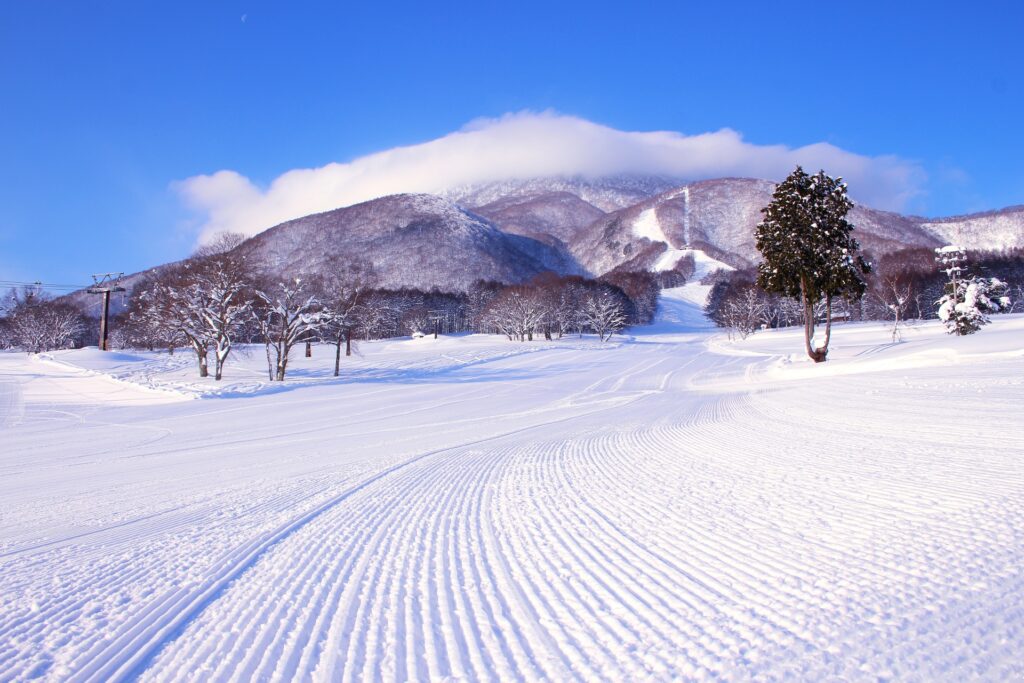
Sitting at the southern end of Niigata Prefecture, the area known as ‘Myoko Kogen’ experiences extremely heavy snowfall each winter, making it one of Japan’s best destinations when looking for powder. You're unlikely to find 'Myoko Kogen' on a map as it doesn't exist in its own right but is instead a collective name used to cover multiple ski resorts that sit within close proximity to each other, in and around Mount Myoko. Different people include different resorts under the name of Myoko Kogen but generally it refers to the following: Akakura Onsen, Akakura Kanko, Suginohara, Ikenotaira and Seki Onsen. The nearby resort of Lotte Arai is not part of Myoko Kogen however given its close proximity, many people also include it in the grouping. On this page you will find the following information:
-- 25 Best Things to Do Around Myoko
-- Best Places to Stay When Visiting Myoko
-- Myoko Kogen Ski Resorts: The Stats & Facts
-- Japan Ski Resorts: Everything You Need to Know
-- Tours & Charters from Myoko Kogen
Myoko experiences a ridiculous amount of snowfall - 14 meters or more per year! – making it a powder paradise best suited to advance skiers/boarders with a taste for deep powder! Akakura Kanko/Onsen offer the most interconnected terrain while Suginohara has the highest chairlift at 1855m and Japan’s longest groomed run at 8.5km.
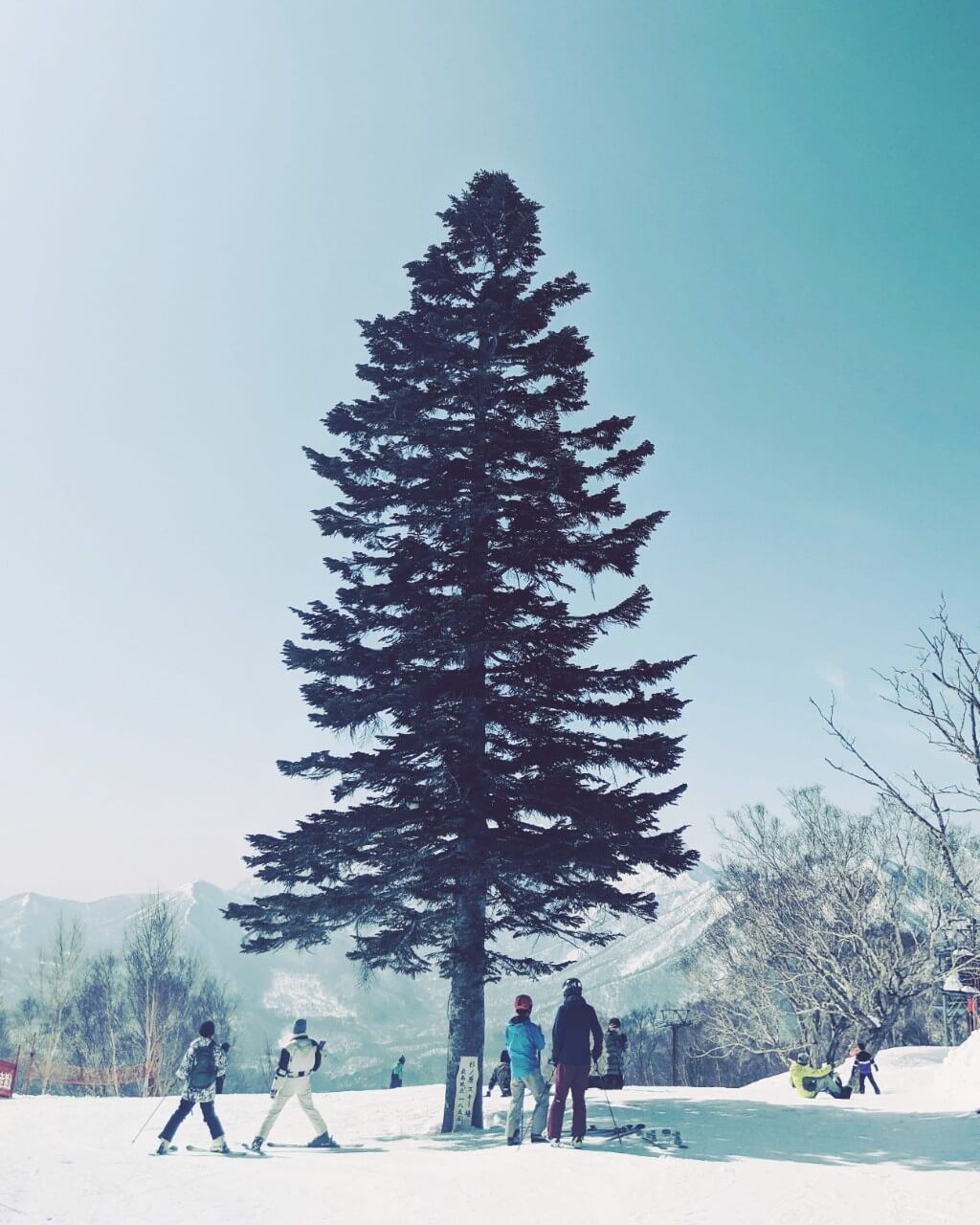
The recently reopened Lotte Arai Resort has quickly become popular for its luxury accommodation and off-piste powder – a rare combination in Japan. With only 11 piste runs, the real attraction of Lotte is its off-piste powder, meaning that if the powder isn’t there or if you’re intermediate and not quite up to it yet, you might be a little uninspired by the resort.
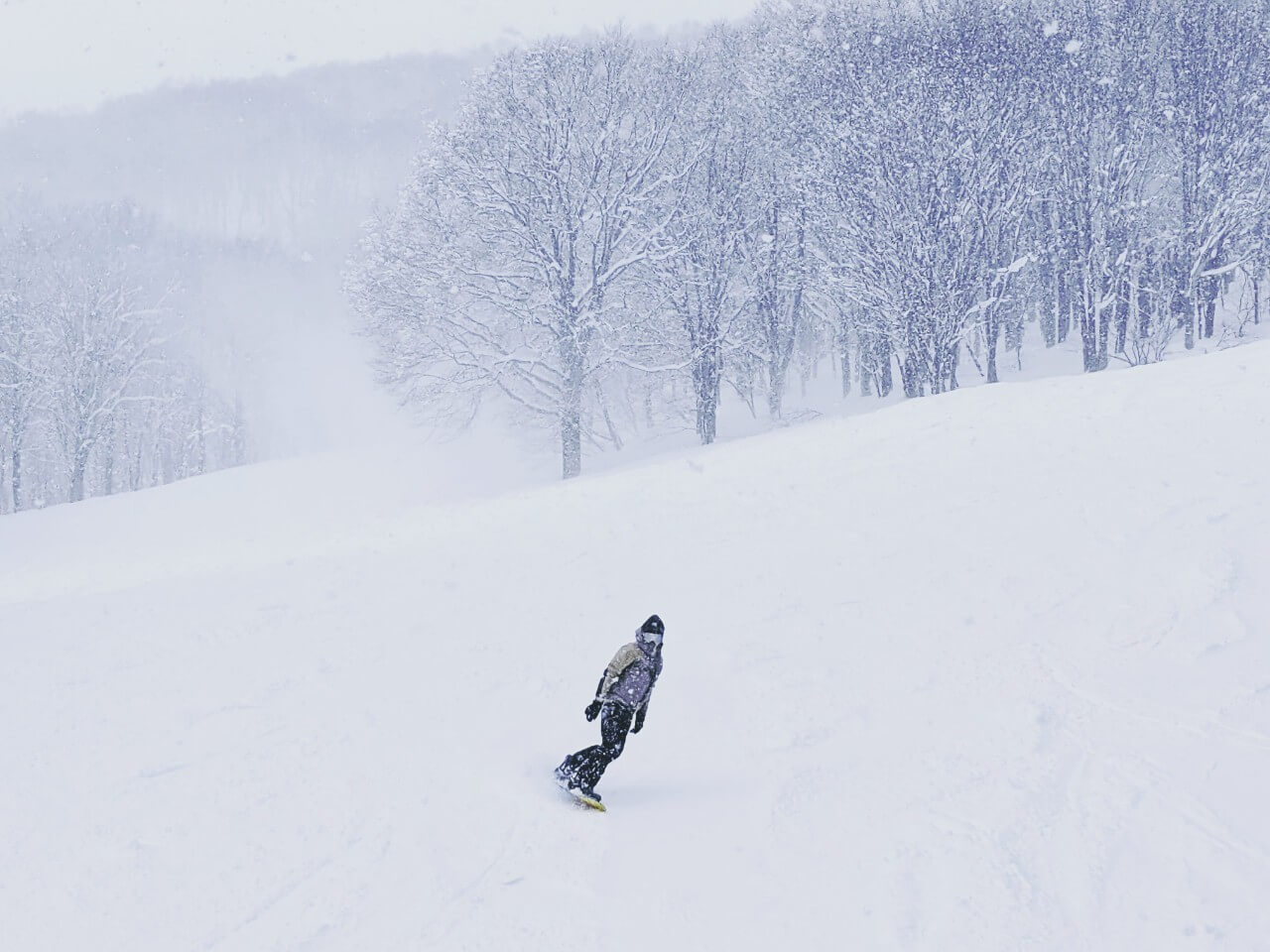
Based in Nagano and operating all year round, we are the region’s No.1 tour and charter operator. We offer both group and private tours to popular destinations in and around Myoko Kogen, and we can also arrange private tours and charters to any destination. As a registered travel agent, we can package transport, accommodation and more together so you save and get the most out of your time in Myoko – scroll to the bottom for details. Let’s start with the obvious question:
WHERE IS MYOKO KOGEN?
Located approximately 30KM (<1 hour drive) directly north of Nagano City and 285KM (3.5 hours drive) to the northwest of Tokyo, the area collectively referred to as ‘Myoko Kogen’ refers to multiple ski resorts within close proximity. The resorts of Akakura Onsen, Akakura Kanko, Ikenotaira, Suginhoara and Seki Onsen offer some of Japan’s deepest snow and best backcountry, with some people also including Lotte Arai within this group (although its located further to the north). The area is serviced by two train stations. Joetsu-Myoko Station is a stop on the Hokuriku Shinkansen line running from Tokyo to Kanazawa and the smaller Myoko-Kogen Station. While Myoko-Kogen Station is not a shinkansen station, it is the most convenient option for visitors heading to the main ski resorts. Most famous for the huge snow that falls on the region each winter, the resorts of Myoko line on the eastern boundary of Myoko-Togakushi Renzan National Park. Boasting multiple mountain peaks, lush forests and a unique array of flora and fauna, the park is a fantastic all-year-round destination within easy reach of Nagano, Tokyo and beyond.
25 BEST THINGS TO DO AROUND MYOKO KOGEN
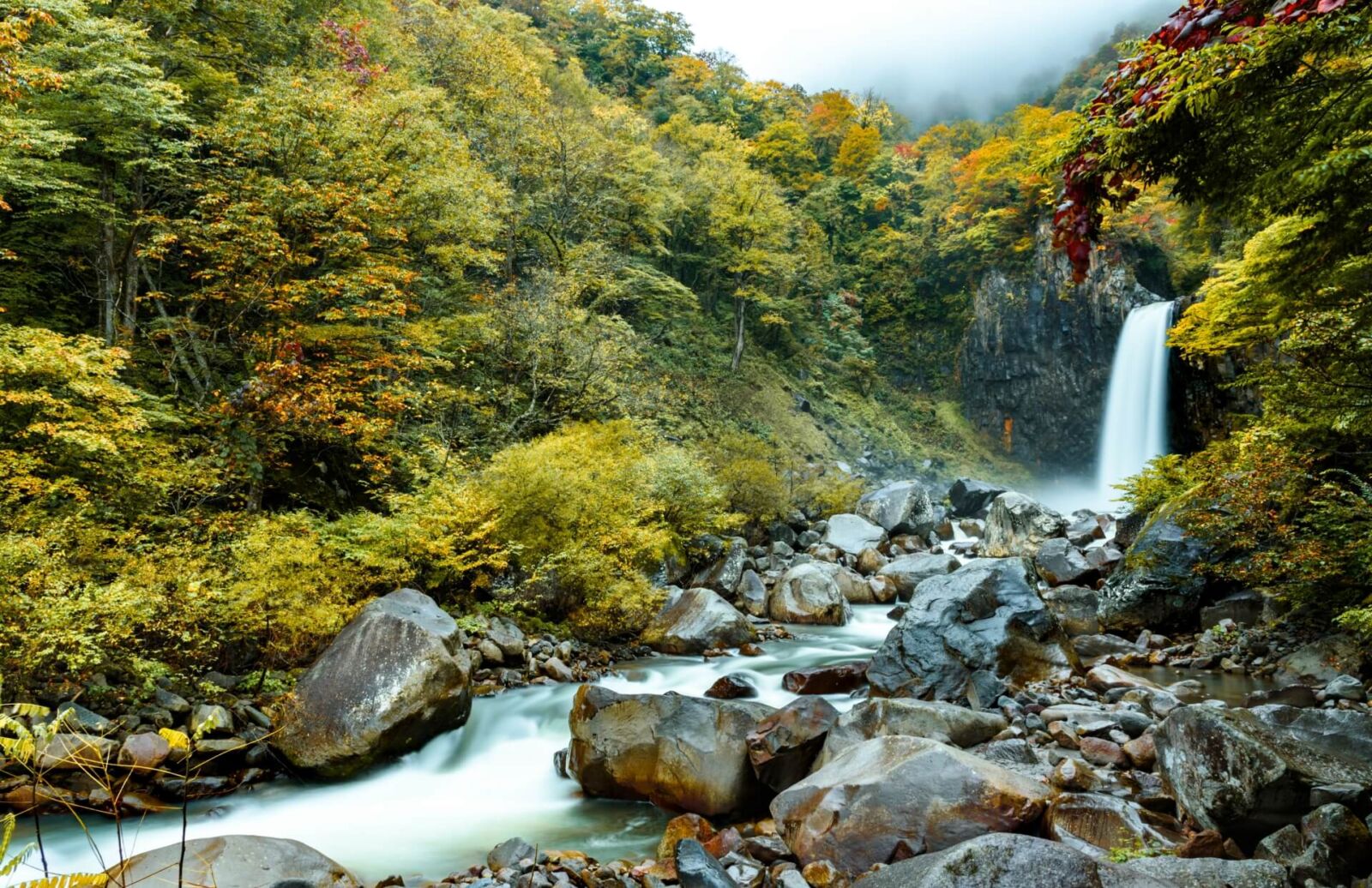
Blessed with some of Japan’s deepest and best powder, Myoko is loved by skiers and snowboarders who head to the region’s multiple ski resorts each winter. Part of the larger Myoko-Togakushi Renzan National Park, that region has lots to offer all-year-round including fantastic hiking, nature and wildlife photography and access to Japan’s rugged north coast. Let's start with the obvious thing to do:
1 / SKIING & SNOWBOARDING IN MYOKO KOGEN / December to April
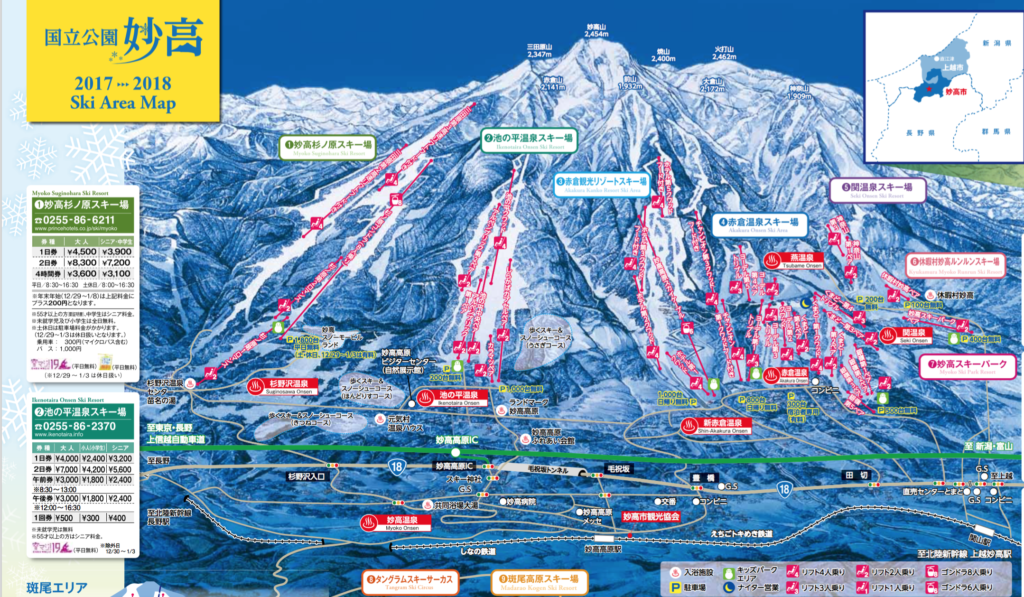

As mentioned above, the resort of Myoko Kogen does not in itself exist! What people mean they refer to Myoko Kogen, is a group of resorts typically including Akakura Kanko/Onsen, Suginohara, Ikenotaira, and Seki Onsen. Some people also include Myoko Ski Park and the recently reopened Lotte Arai Resort (more on that below). Of those resorts, Akakura Onsen Ski Area and Akakura Kanko Ski Resort are joined, creating the largest expanse of connected ski runs in Myoko and serviced by Akakura Onsen Village. Though hardly developed, Akakura will give you the most entertainment of the mountain in Myoko while being we-suited on-mountain to beginners and intermediates.
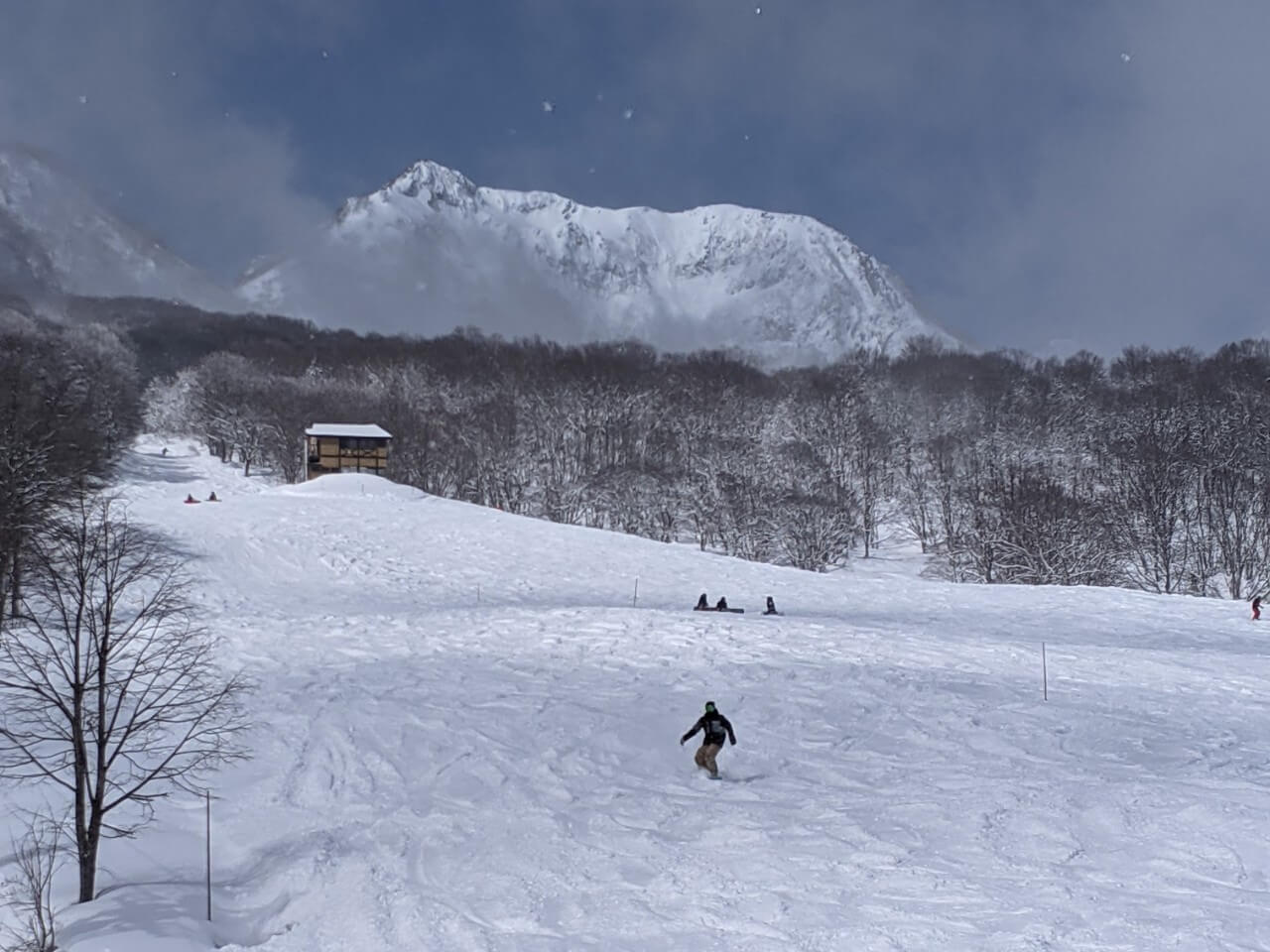
Myoko Suginohara Ski Resort has the highest chair-lifted runs in Myoko at 1855m and one of the longest ski runs in Nagano at 8.5km. Long runs are complemented by some nice side-country. The small village of Suginosawa Onsen is the main area of accommodation for the resort. Ikenotaira Ski Resort is well-suited to beginners and intermediates, offering good powder and gentle terrain with 10 courses serviced by 6 chairlifts. Accommodation is limited to a number of pensions, hotels and ‘ryokan’ (traditional guesthouses). Most are family-run and have their own in-house hot springs, allowing for comfortable and homely stays.
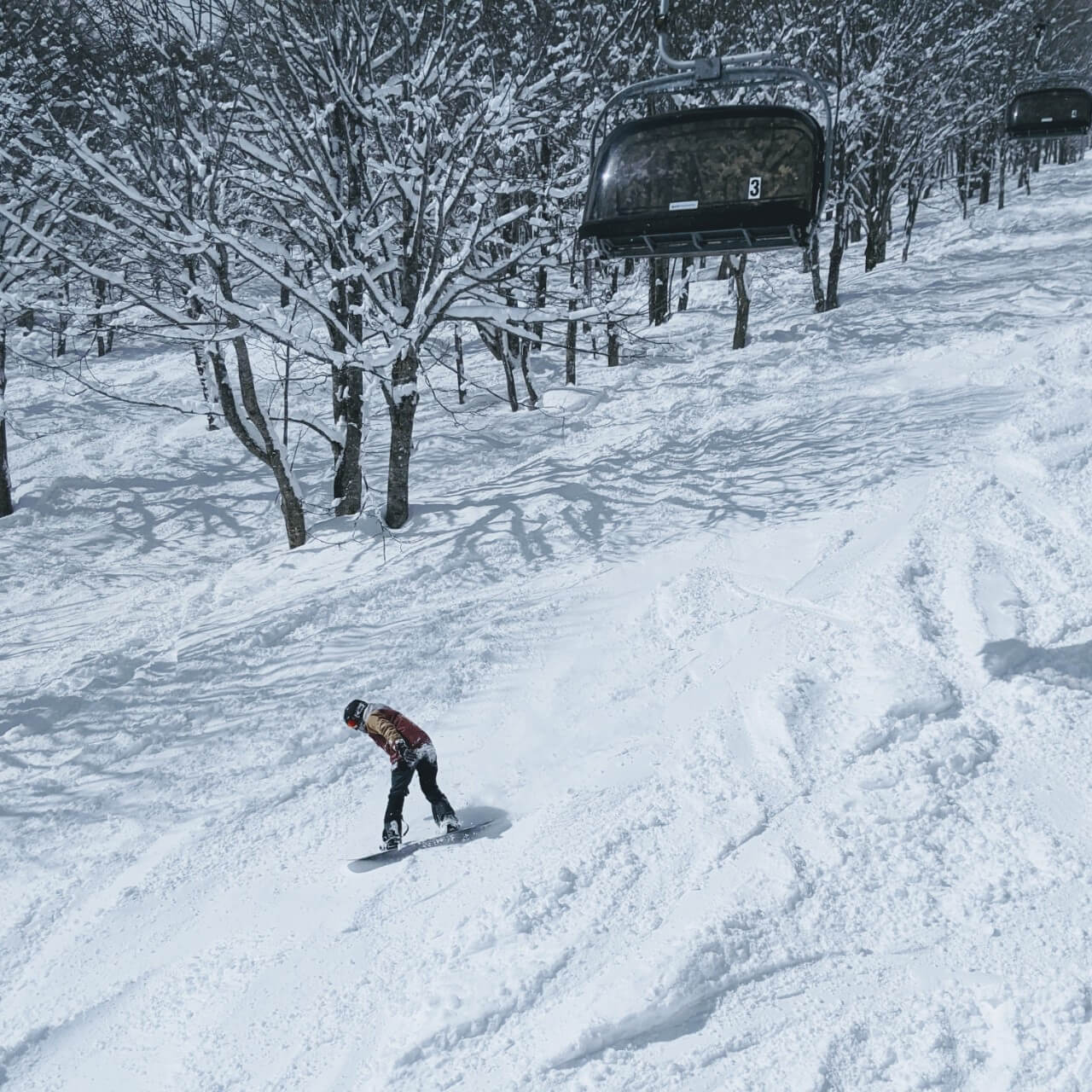
The small family-owned resort of Seki Onsen Ski Area is known for its steep terrain and deep powder. For some, it’s heaven but for others it’s a little too small – only 4 runs and 310 metres of vertical - or challenging to enjoy for long. But only a short distance from Akakura Onsen, Seki makes for a nice day-out as part of a multi-day adventure. For more information about each resort including all the stats, facts and highlights, see our 'Myoko Kogen Ski Resorts' main page.
2 / A LITTLE LUXURY AT LOTTE ARAI RESORT / December to April
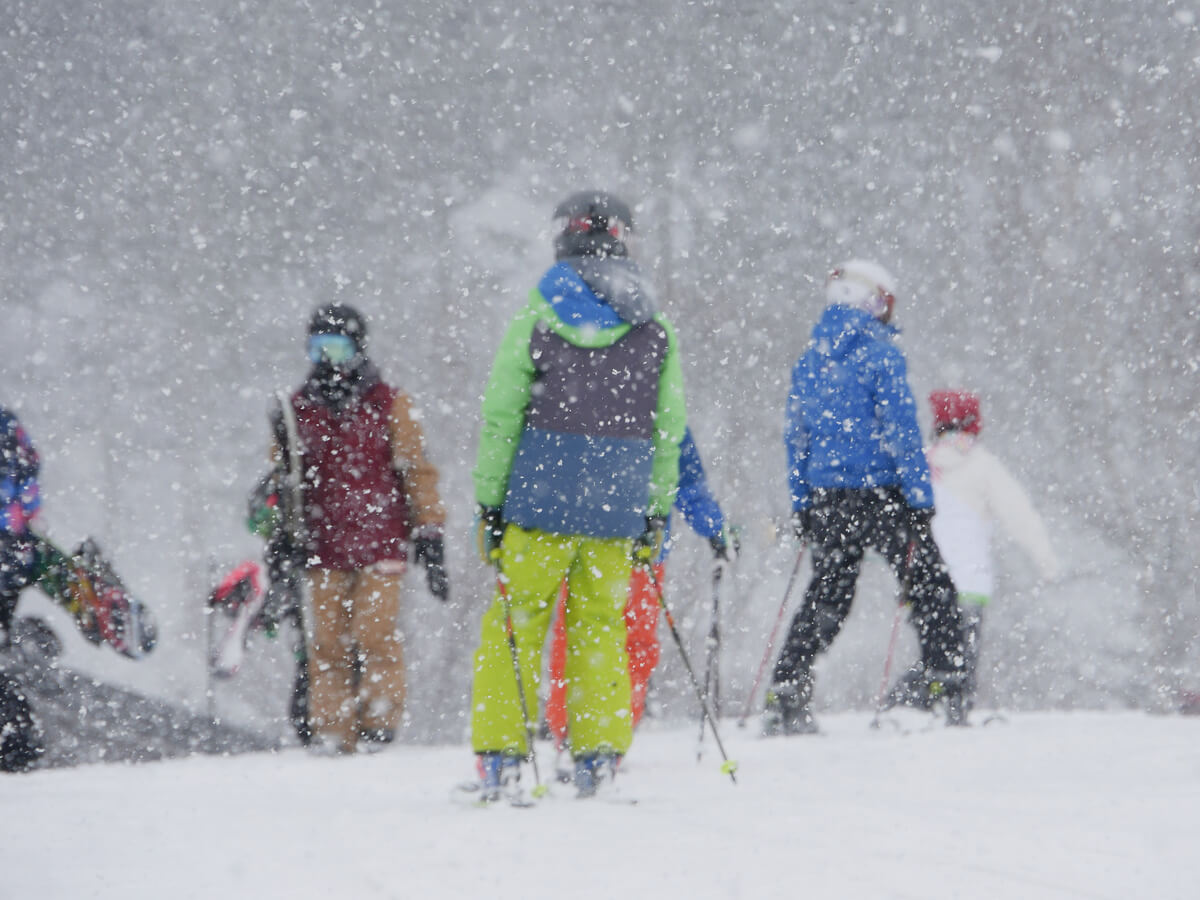
Reopened under new ownership for the 2017-2018 season, Lotte Arai Resort has quickly become popular for its rare combination of luxury accommodation and abundant powder. The ski runs are long and narrow but offer around 950 metres of vertical with extensive off-piste terrain. The real attraction for skiers and snowboarders headed to Lotte Arai is the powder. The resort receives a huge amount of powder each season – over 15 metres – which can be enjoyed in Lotte Arai’s powder bowls. Off the mountain, Lotte Arai offers guests luxury accommodation that is unmatched in the region. The hotel has around 250 rooms, excellent restaurants, indulgent onsen facilities, in-house stores, an international ski school and other services that make the resort increasingly popular for international visitors.
3 / NOZAWA ONSEN & NAGANO'S OTHER GREAT RESORTS / December to May
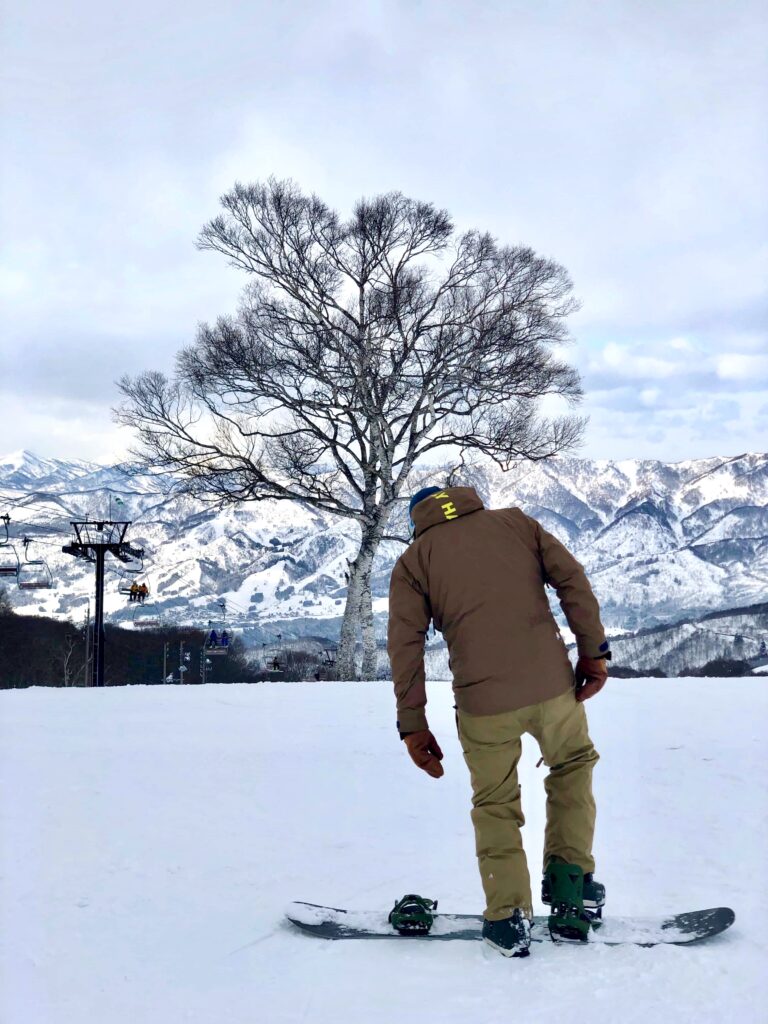

Accessible from Myoko via Iiyama Station, Nozawa Onsen is one of Nagano’s most popular resorts. Nozawa offers around 300 hectares of train between 565 and 1650 metres. Also known for its great powder and setup for snowboarders, Nozawa is a livelier resort than those of Myoko. Serviced by a large village full of accommodation, restaurants and bars and ‘onsen’ (hot springs), Nozawa’s reputation is as much based on what happens off the mountain.
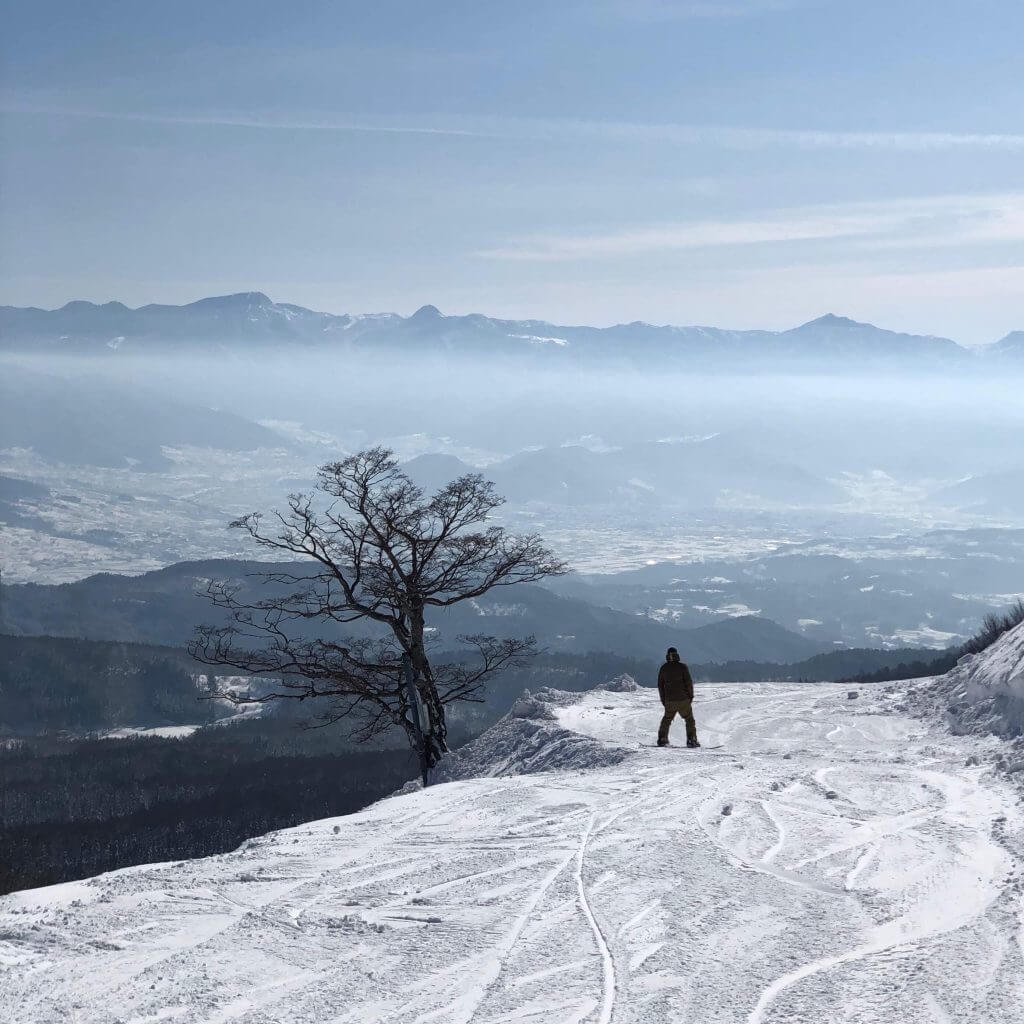
Also accessible via Iiyama Station or a short drive from Myoko - less than 50 minutes - Madarao Mountain Resort is known for its powder bowls and tree runs. Smaller and less lively than Nozawa, Madarao is just as accessible and a great option for families or skiers and snowboarders focused on powder and diving into the trees.
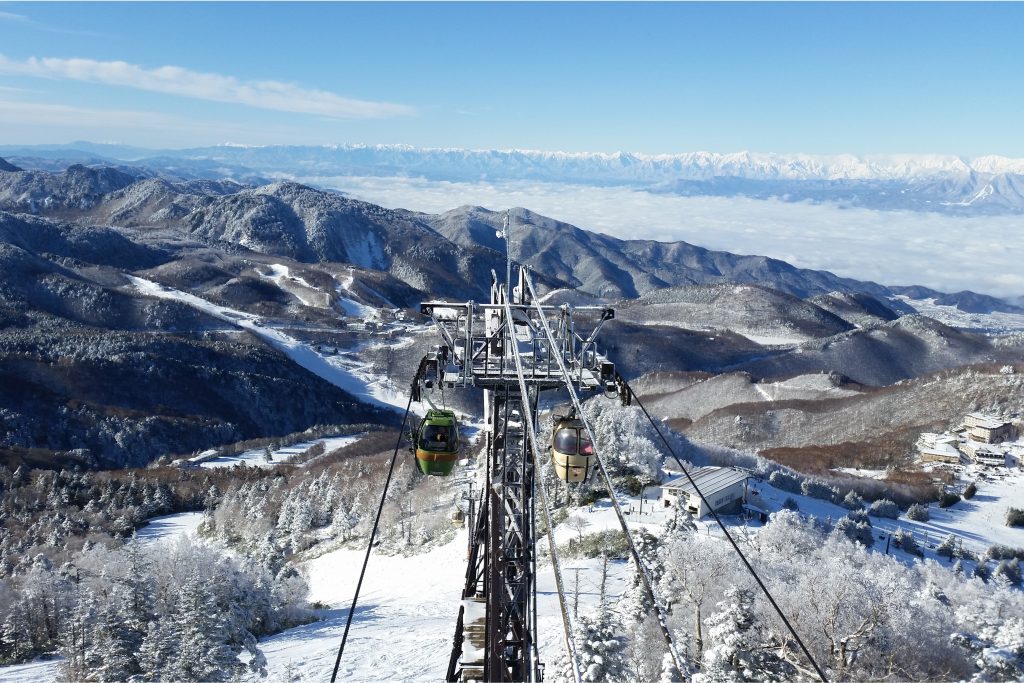

Approximately 1 hour from Myoko, Shiga Kogen is Japan’s largest and highest ski resort. Boasting Nagano’s longest season and most reliable snow conditions – given its higher altitude and prevailing weather conditions – Shiga is another resort quickly coming to the attention of international visitors. Offering Japan's greatest extent of interconnected terrain, Shiga is likely to become much more poplar over the coming years so get there now while it’s still relatively quiet.
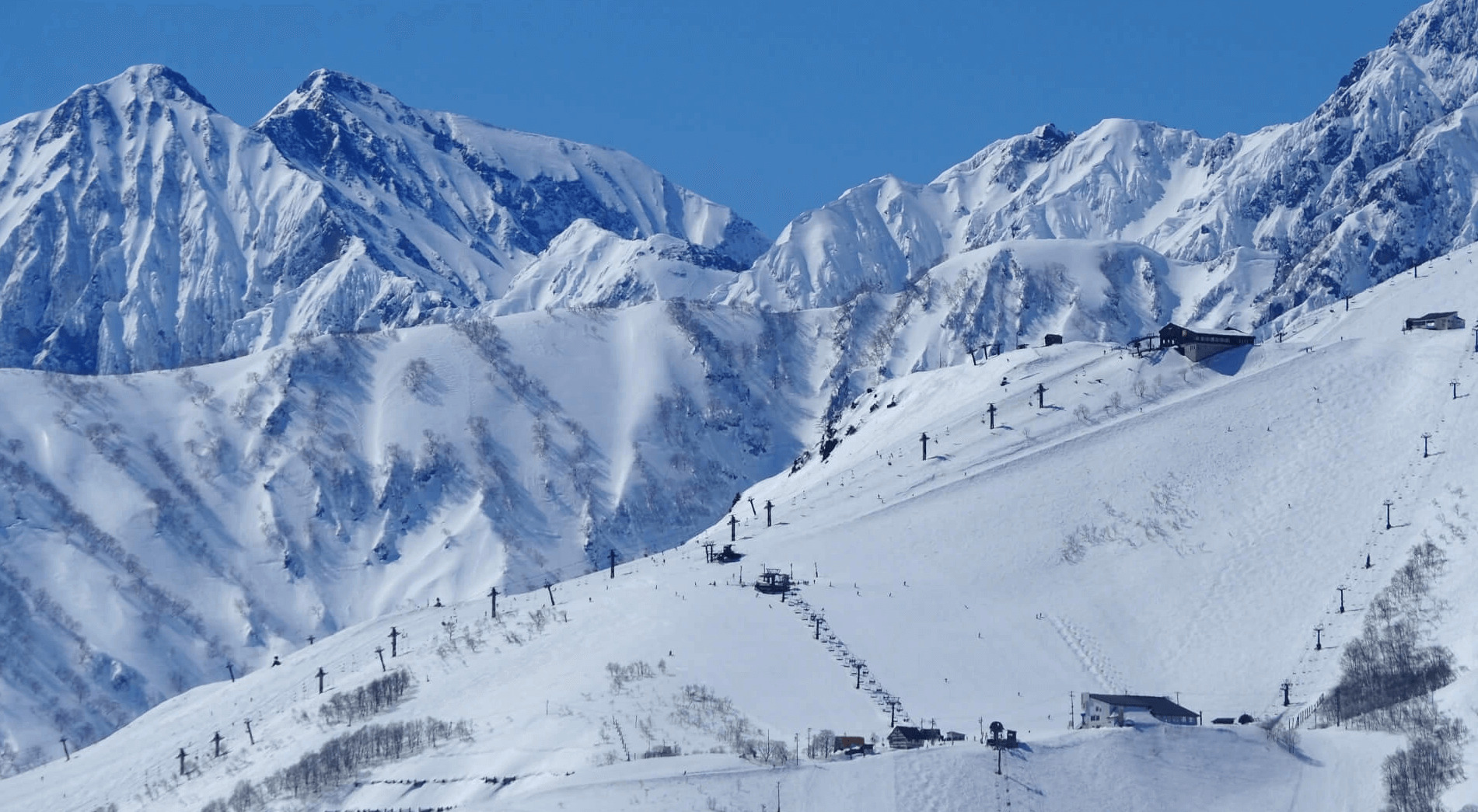

And to the west of Myoko, the ski resorts of Hakuba Valley can lay claim to being Nagano's most international and popular. Plenty to keep you entertained on your winter adventure!
4 / AKAKURA ONSEN VILLAGE / all year round
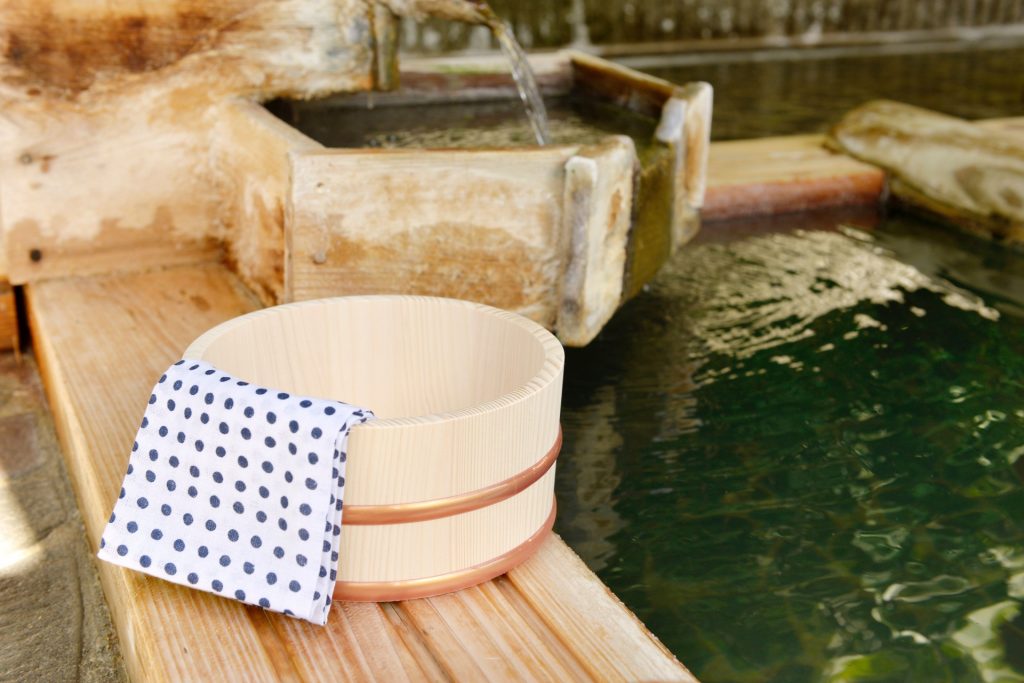
Servicing the resorts of Akakura Onsen and Akakura Kanko, and as the main concentration of accommodation and resorts in Myoko Kogen, Akakura Onsen Village is a good place to based yourself when heading to the nearby resorts. There’s no escaping the fact that the village is run-down and could do with some investment. Guesthouses and some restaurants and bars – don’t expect a lot – are dotted through the village, making it a convenient base while in Myoko. For accommodation listings in Myoko, see our 'Myoko Kogen: Akakura Onsen Area' hotel page.
5 / MYOKO-TOGAKUSHI RENZAN NATIONAL PARK / all year round
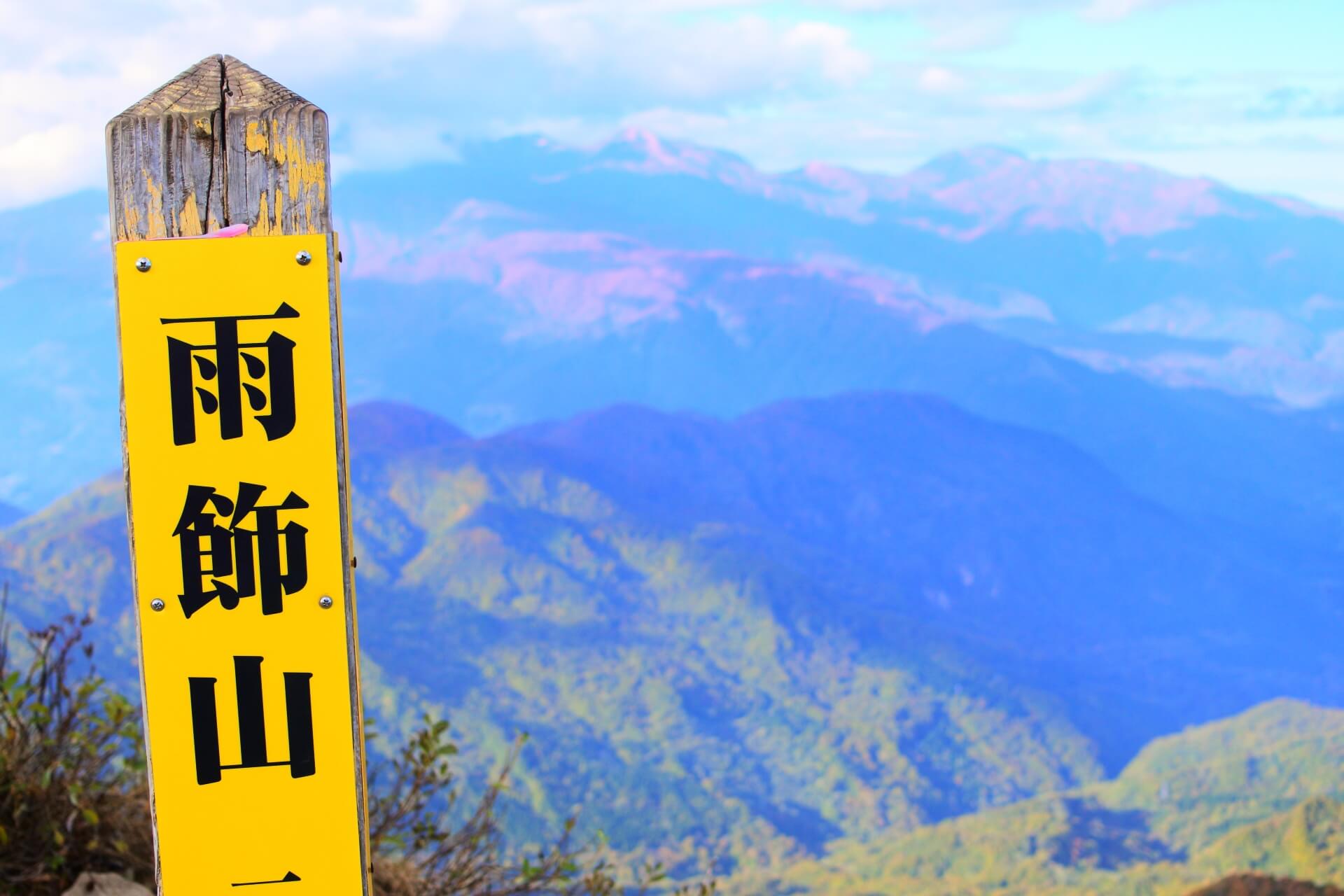
Mount Myoko is one of the major peaks sitting within the wider Myoko-Togakushi Renzan National Park. An active volcano, Myoko lies close to the north coast and Sea of Japan, exposing it to the cold weather that originates in Siberia and blows across the sea into Japan each winter. As a result, the area around Myoko receives the earliest and heaviest snowfall of any region in Central Japan, creating the epic conditions at the ski resorts and enriching the landscape with snowmelt each spring. Once the snow is gone, Myoko-Togakushi Renzan National Park offers visitors beautiful landscapes to explore on its many hiking trails, fantastic nature and wildlife photography and an escape from the hassle and stress of the cities. One of Japan's newest national parks, Myoko-Togakushi may be small but it packs a lot within its boundary.
6 / NAENA FALLS / best: July to November
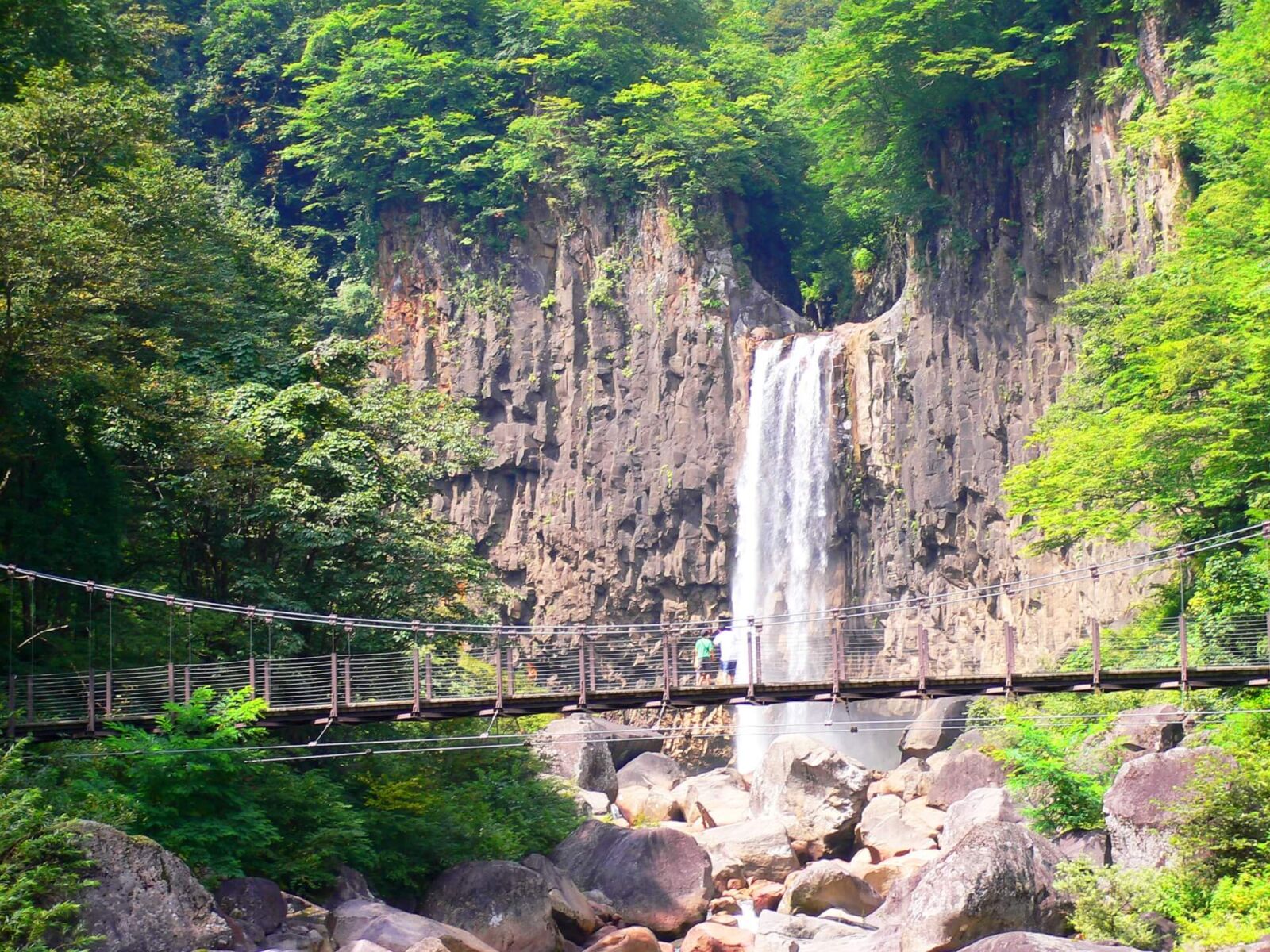
Located with the national park and only 20-minutes drive from Akakura Onsen Village, Naena Falls can be accessed all year round but is perhaps at its most enjoyable in summer and autumn. The 55 metre high waterfall is known as the ‘Earthquake Waterfall’ due to the crashing sound of the cascading waterfall. See our 'Myoko-Togakushi Renzan National Park' page for further details.
7 / EXPLORE TOGAKUSHI / all year round
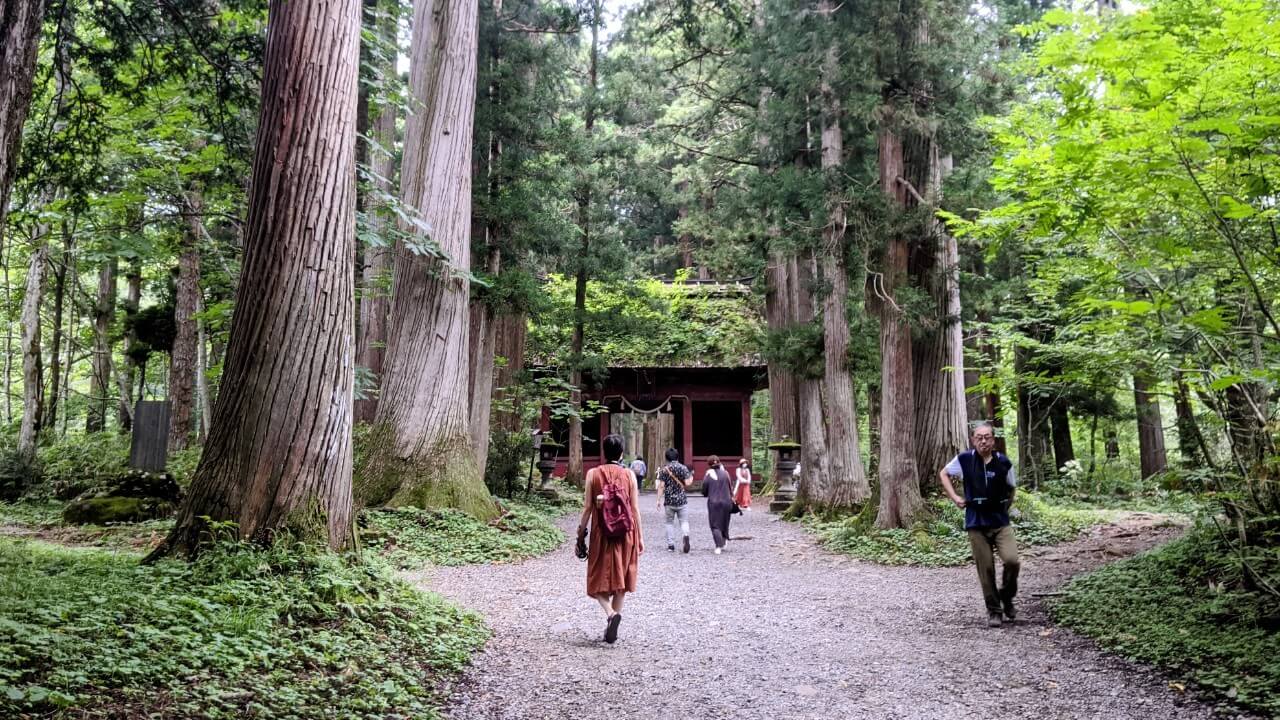
1-Day Togakushi Legends Tour: Hands-on Soba Noodles, Ninja Village, and Hidden Shrines
- Spots:
- Pick-up:
- Drop-off:
Located in the southern area of the national park, the Togakushi Shrine Complex boasts some of the most important Shinto shrines in Japan. Five shrines make-up the Togakushi shrine complex, honouring an important aspect of that creation myth and in doing so, the shrines of Togakushi sit aside Ise Jingu as some of the most important in Japan. Of the five, the ‘Okusha’ or ‘Upper Shrine’ is most famous for the avenue of giant cedars that lead from the trailhead toward the shrine itself in the shadow of Mount Togukashi. Each of the five shrines are dedicated to different ‘kami’ (Shinto gods or spirits) with the ‘Chusha’ (Middle Shrine), ‘Hokosha’ (Lower Shrine) and smaller ‘Hinomikosha’ and ‘Kuzuryusha’ making-up the overall complex. Spread through the forests of Togakushi, connected by multiple walking trails, this is a beautiful demonstration of the role of nature worship in Japanese culture. For more information, see our ‘Togakushi’ page.
8 / JOETSU AQUARIUM UMIGATARI / all year round
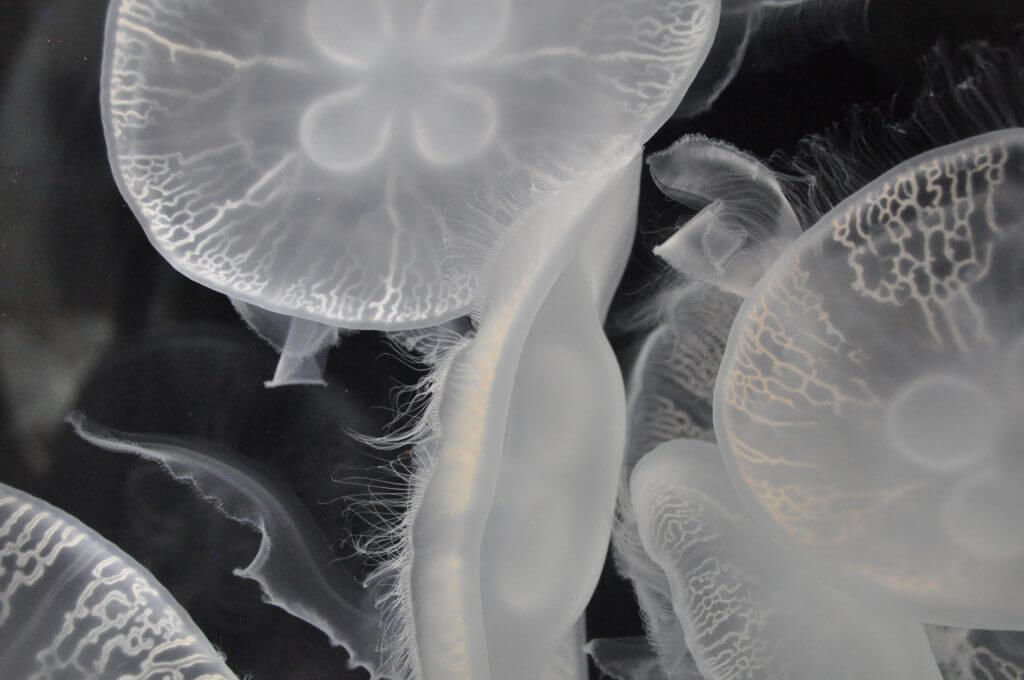
Approximately 50 to 60-minutes drive to the north of Akakura Onsen, Umigatari Joestu Aquarium is on the Sea of Japan. Entirely rebuilt in 2018, the modern aquarium spans three floors and displays an array of sea life. One of the highlights of the aquarium has to be the glass tube which passes through the large tank, giving visitors a 360° view of the creatures within. The aquarium is open daily from 10:00 to 18:30 with entry costing JPY1500 per adult and between JPY500-JPY1100 per child (depending on their age).
9 / TAKADA CASTLE PARK BLOSSOM FESTIVAL / April
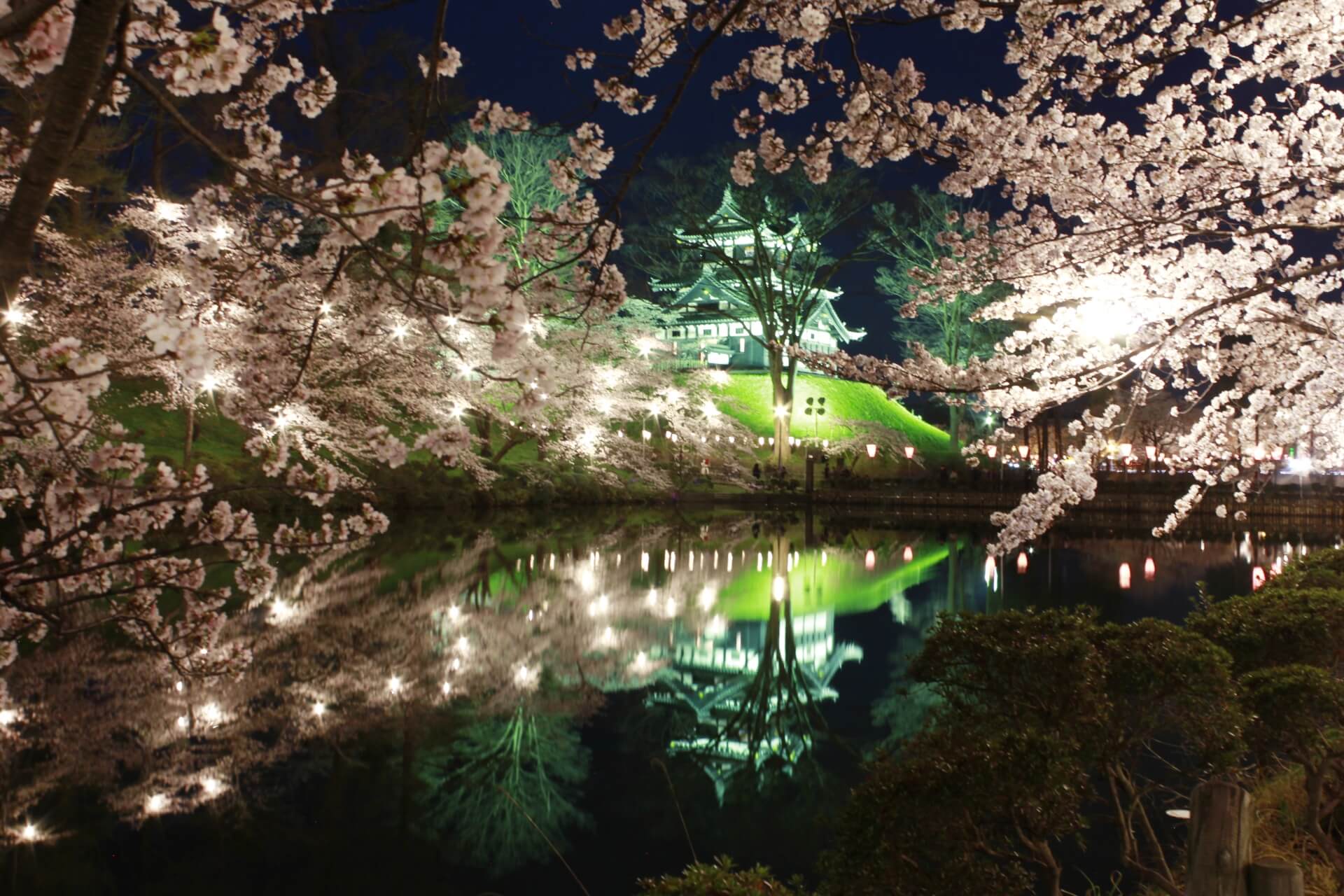
For visitors heading to Myoko in spring, Takada Castle Park in Joetsu is one of the region’s foremost cherry blossom-viewing spots. With around 4,000 trees spread across the extensive grounds, the park hosts an annual Cherry Blossom Festival timed for the peak bloom – typically in the first week of April. The festival includes illumination of around 3,000 trees at night, a truly magical sight. Takada Castle Park is less than 60-minutes drive from Akakura Onsen.
10 / ENJOY THE STUNNING CHERRY BLOSSOMS EACH SPRING / April
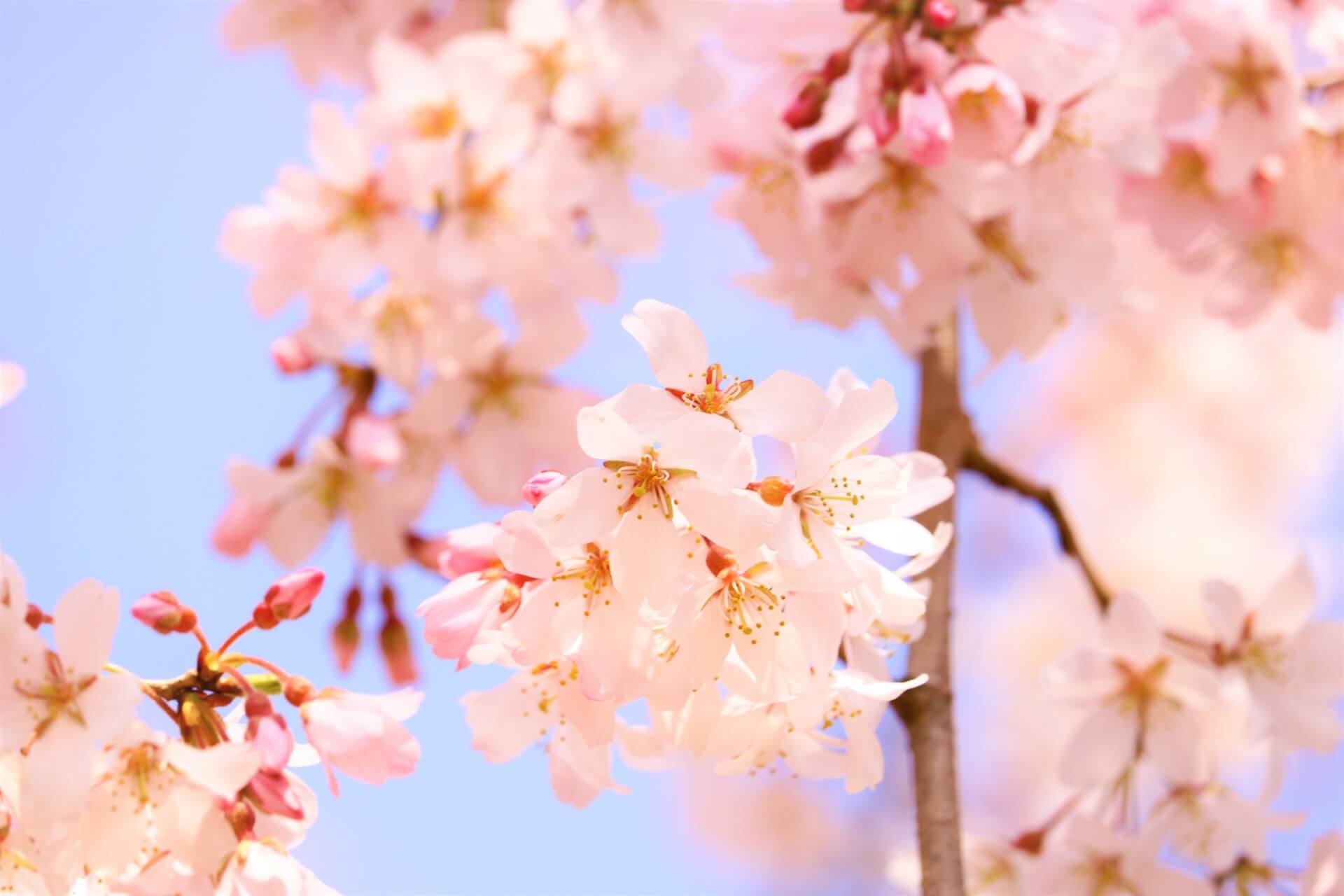
Blooming every April, the cherry blossoms of Niigata and Nagano transform the atmosphere and character of the region and banish all thoughts of winter. Known as ‘sakura’ in Japan, the blossoms are viewed as symbolic of the fleeting beauty and fragility of life itself and Japanese look forward to ‘hanami’ (flower-viewing) each spring. Given Nagano’s higher altitude and cooler climate, the blossoms bloom later than in Tokyo with many varieties of wild cherry trees spread throughout the mountains.
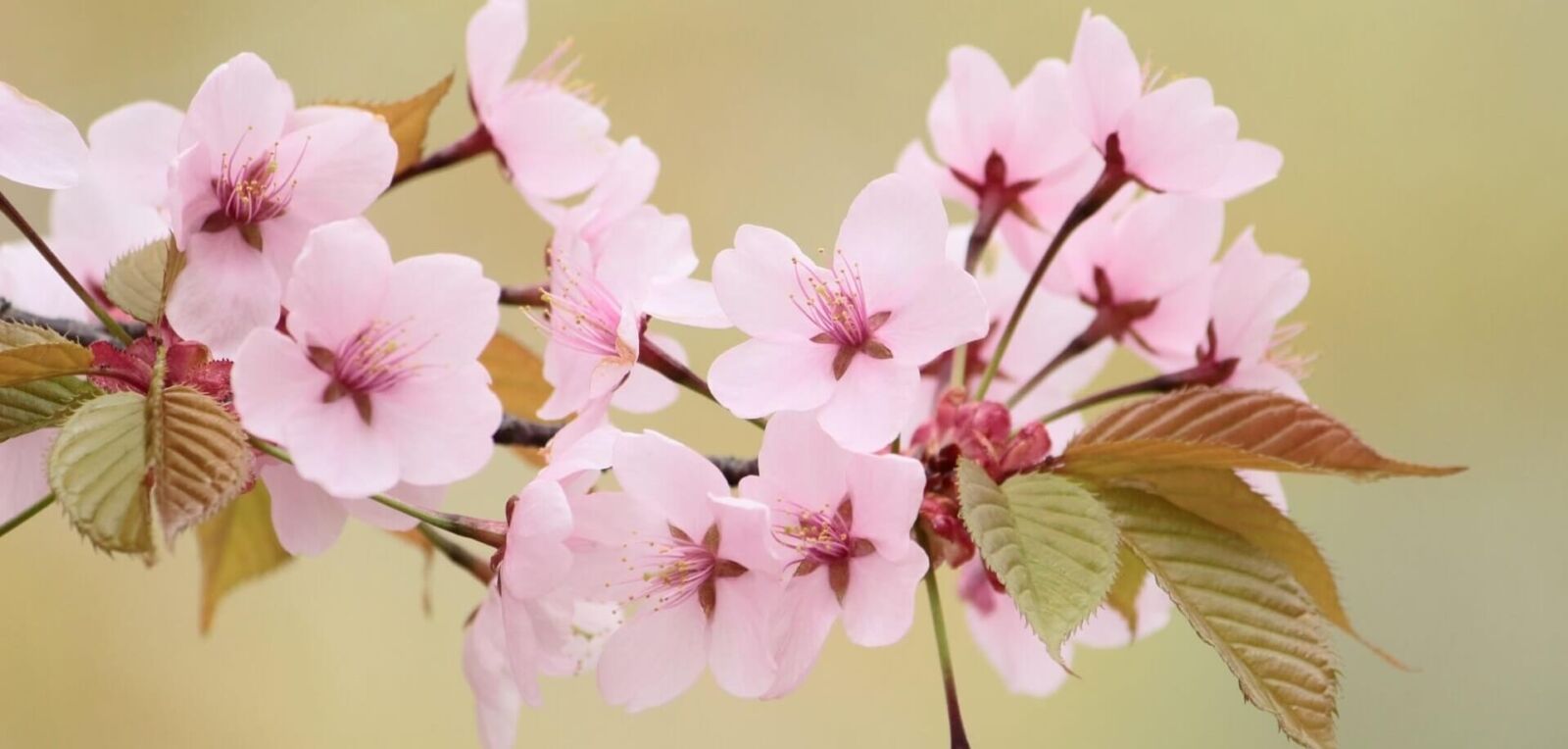
Through April, we also offer our always popular 1-Day Snow Monkeys & Cherry Blossoms in Nagano Tour. Starting and ending at Nagano Station, this tour can be joined from Madarao, and transports guests to the monkeys, lunch and an afternoon of blossom-viewing at some of Nagano’s most beautiful blossom spots.
11 / VISIT THE SNOW MONKEYS OF JIGOKUDANI / all year round
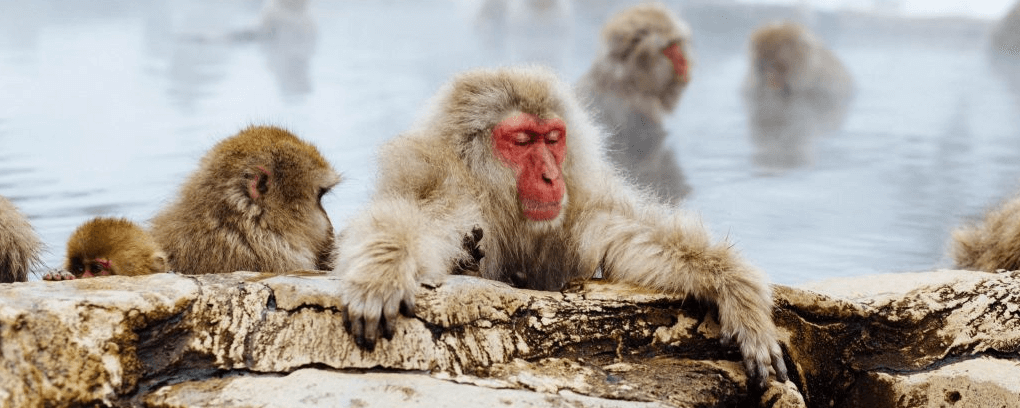
1-Day Tour From Myoko & Madarao: Snow Monkeys, Zenkoji Temple & Sake / December to March
(Winter Only) 1-Day Tour From Myoko & Madarao: Snow Monkeys, Zenkoji Temple & Sake
- Spots:
- Pick-up:
- Drop-off:
Experience the best of Nagano on this exclusive winter-only tour, designed to showcase the region’s most iconic sights. With convenient pickups from Myoko Kogen and Madarao Kogen, embark on a journey through snow-covered landscapes to the renowned Jigokudani Snow Monkey Park, where wild monkeys soak in steaming hot springs amid a picturesque winter wonderland. After capturing this rare and unforgettable sight, warm up with a hearty seasonal lunch before exploring the historic Zenkoji Temple, one of Japan’s most important Buddhist sites. Conclude your adventure with a guided sake tasting, offering a taste of Nagano’s rich brewing tradition. Led by an expert English-speaking guide, this immersive winter experience combines nature, culture, and local flavors, making it the perfect addition to your cold-weather getaway or serve as a great rest day from the slopes.
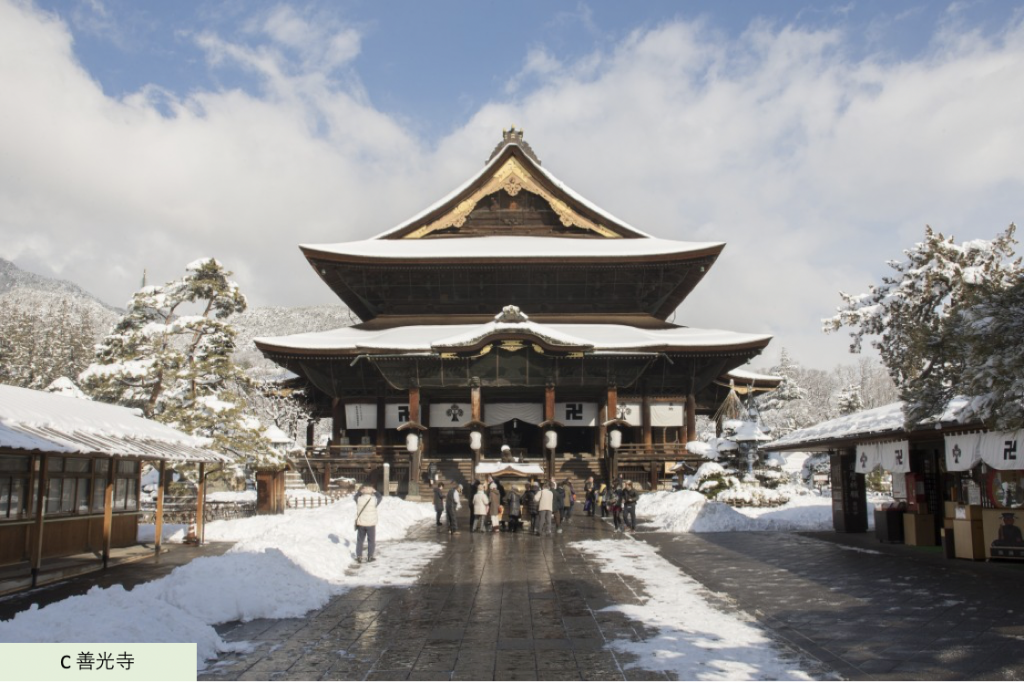
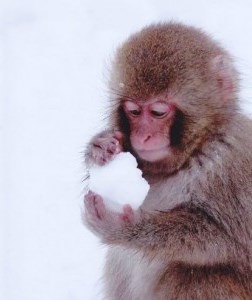
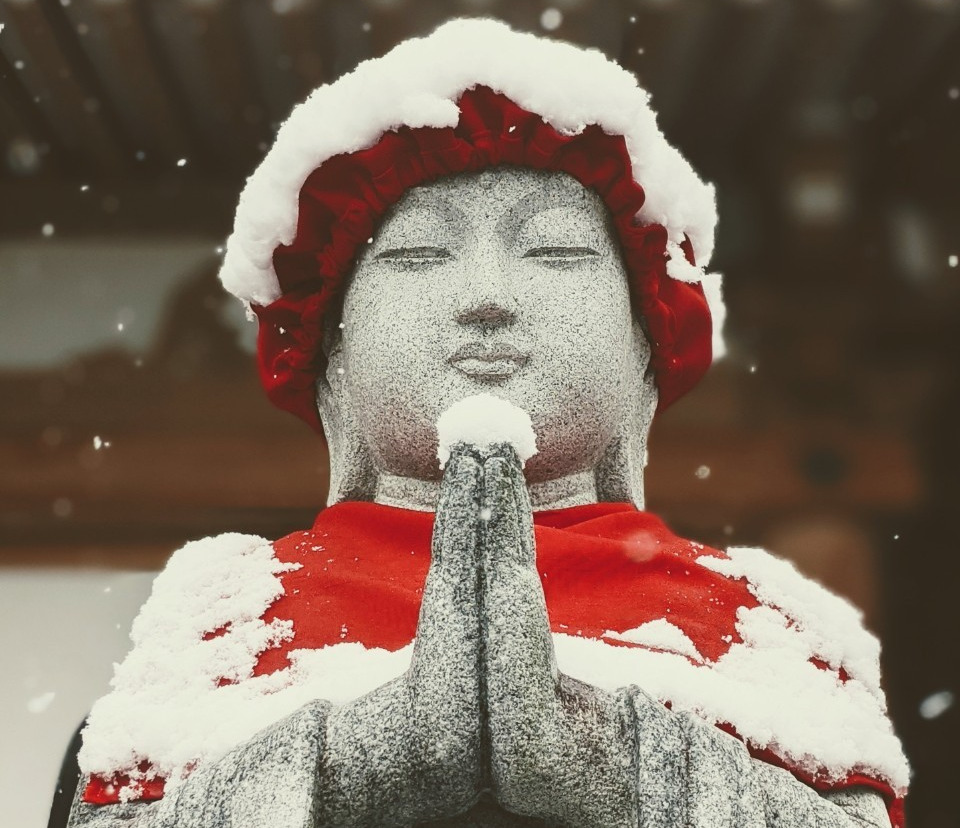
Another no-brainer! Less than an hour drive from Myoko, the Jigokudani Monkey Park is one of Central Japan’s most well-known destinations. At its most popular through the snow of winter, the park is in fact open all year round. The monkeys – known for their hot spring-bathing antics – come to the park all year round with each season offering its own reasons to visit.
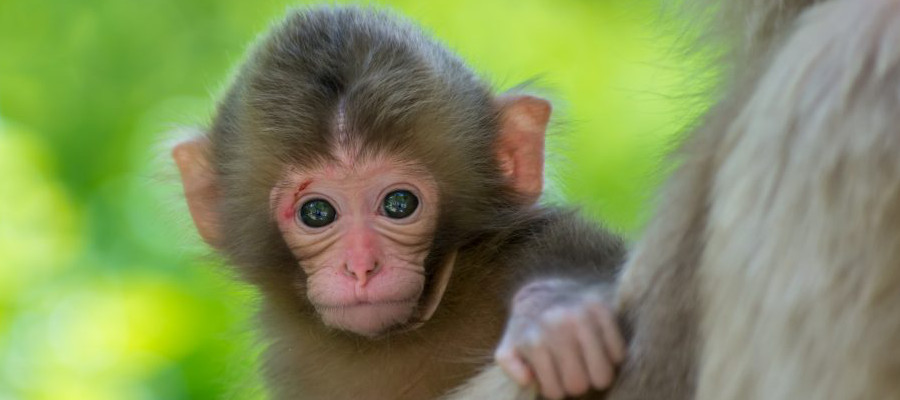
From Myoko, the monkey park can be reached using the public bus to and from Iiyama Station or alternatively, we can arrange private tours and charters to and from the park - see 'Book With Us! Nagano's No.1 Tour & Charter Operator' below for details . For families and larger groups, this is a great way to visit the park with the convenience of your own transport, driver and (if required) guide. Our guides are locally-based and ready to help you get the most out of your time in Nagano, including a visit to the always entertaining Jigokudani Monkey Park.
12 / EXPLORE HISTORIC SHIBU ONSEN / all year round
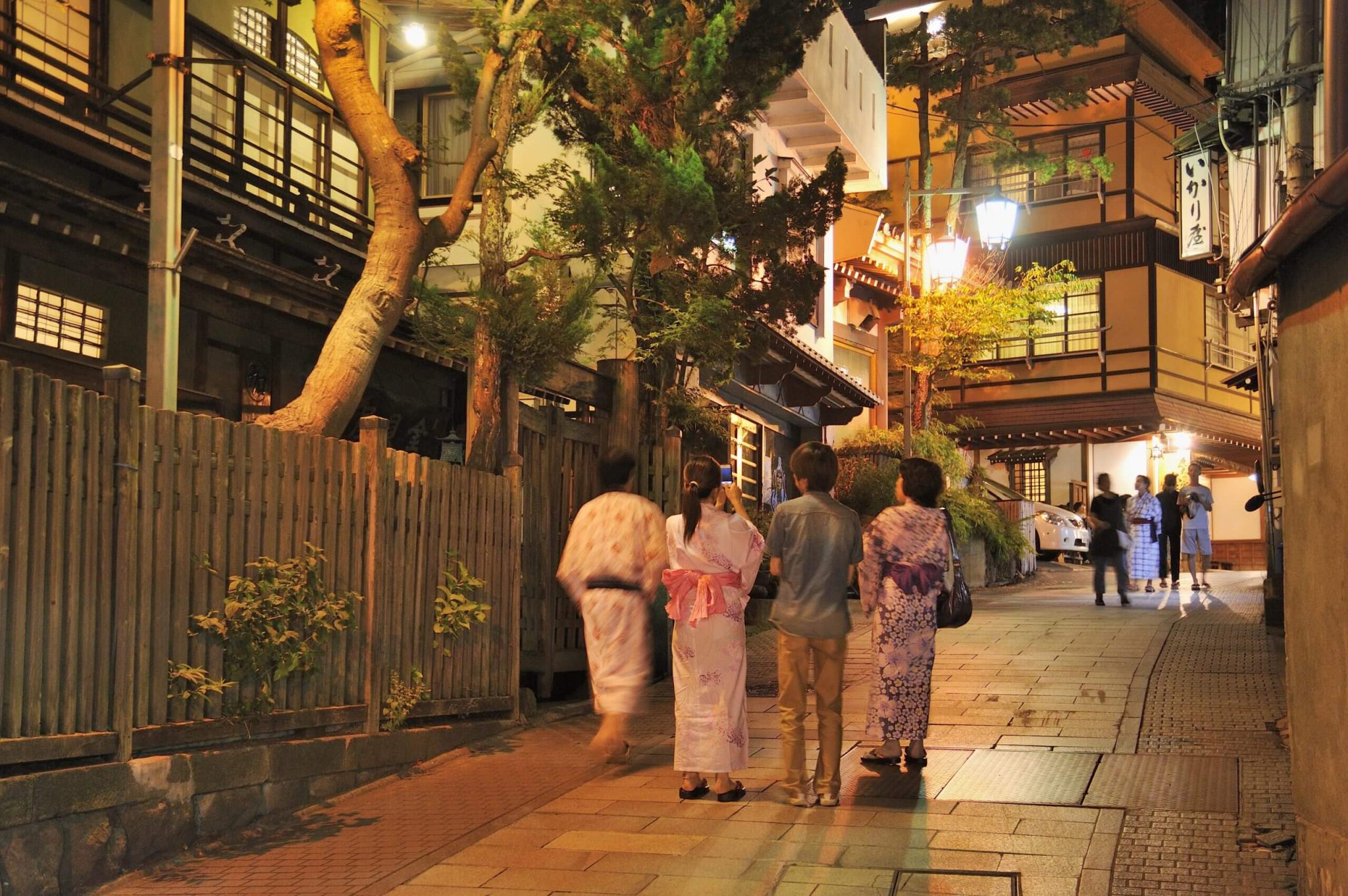
Nearby the monkey park, Shibu Onsen is a quaint hot spring town boasting a 1300-year history within the tranquil enclave of Yamanouchi. Home to numerous 'ryokan' (traditional guesthouses) with their own in-house onsen, Shibu is famous for its nine 'public' onsen spread through the town. Although called public, all but one of the hot springs is for the exclusive use of guests staying at any of the towns guesthouses. Upon check-in, all guests are given a key which unlock each bathhouse, each said to treat different ailments. Trying all nine onsen - an effort known as the 'kyu-to-meguri' is a fun activity, especially in the cold and snow of winter. While there, look-out for the separate troop of monkeys which likes to regularly visit the town. For more information, see our '20 Things to Do in Yamanouchi Page' page.
13 / SOAK IN A NATURAL 'ONSEN' / all year round
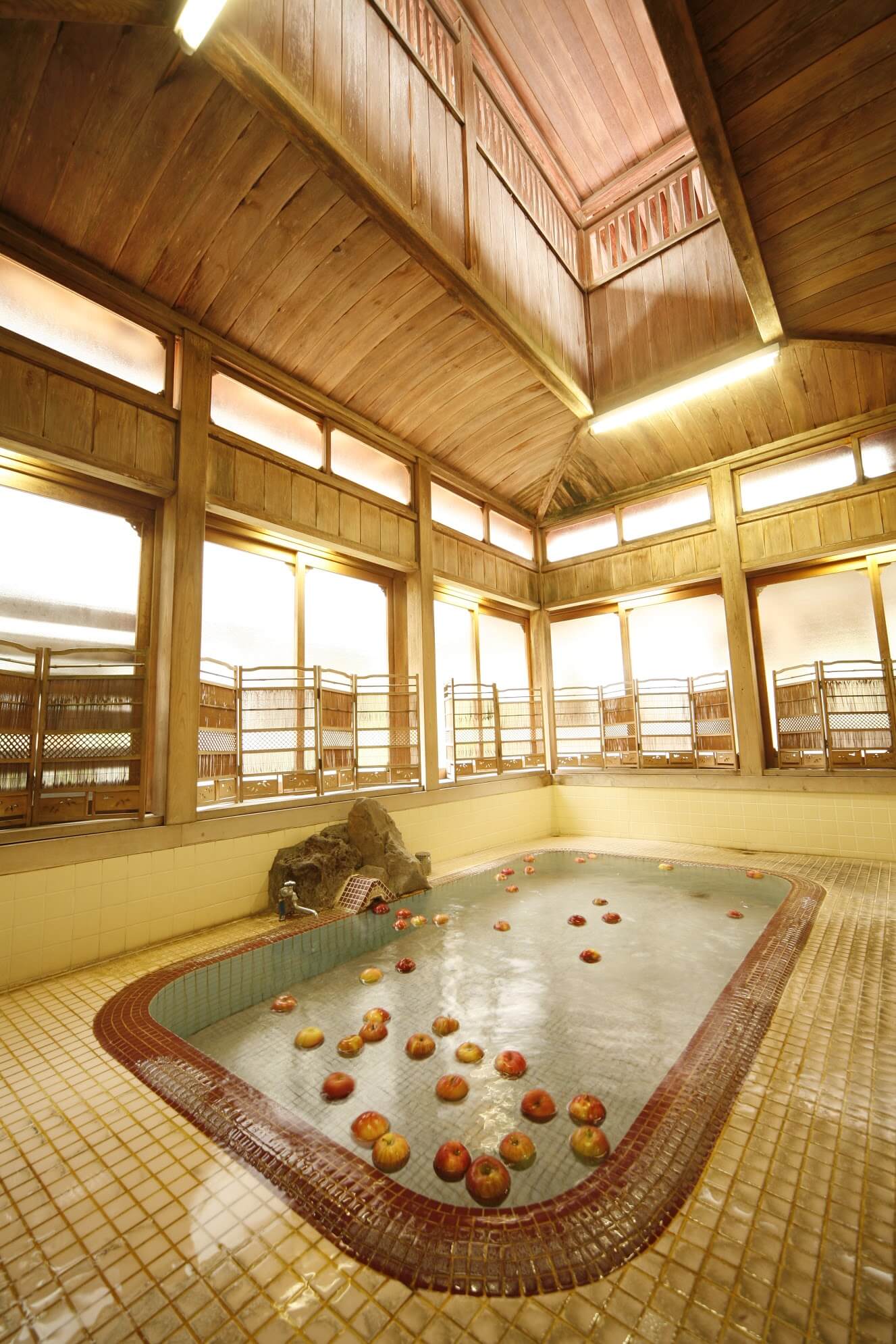
Home to countless natural hot springs, enjoying an ‘onsen’ while in Nagano really is a must-do activity! In the cold months of winter and cooler months of autumn, dipping into a thermal bath feels fantastic whereas in the warmer months of spring and summer, the initial heat of onsen leads your body to cool itself – a truly pleasurable feeling. Spread throughout the region, the historic onsen towns of Nagano – including nearby Nozawa Onsen, Yudanaka Onsen and Shibu Onsen – have numerous ‘ryokan’ (traditional guesthouses) with their own in-house onsen. When visiting Nagano, you really are spoiled for choice. Our ‘Onsen In & Around Nagano’ page introduces everything you need to know about using an onsen, the benefits and where to find them. So take inspiration from the monkeys and get bathing!
14 / HISTORIC OBUSE & HOKUSAI / all year round
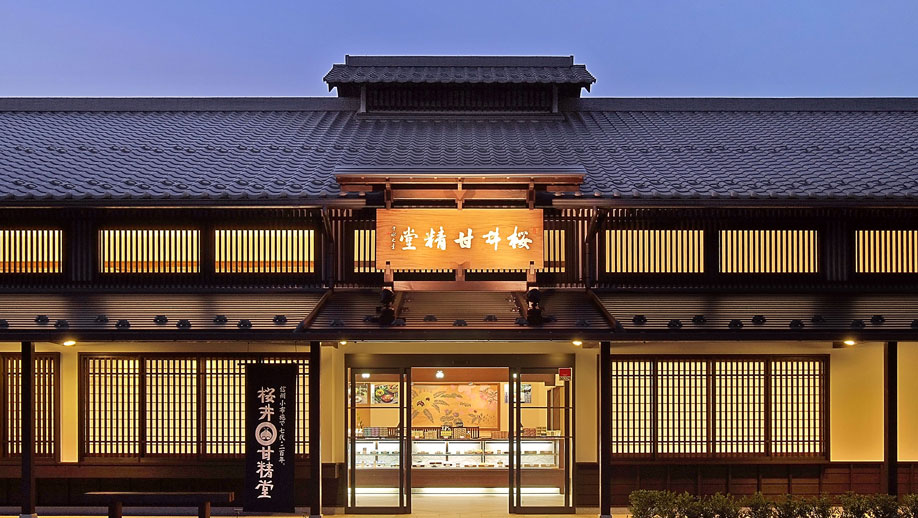
Once an important Edo Period (1603-1868) trading town, Obuse is a small historic town accessible using the Nagano Dentetsu (Nagaden) train line - running from Nagano Station to Yudanaka Station. Now known for its chestnut confectionaries, sake and miso breweries, Obuse is most famous as home to the Hokusai Museum. Dedicated to the life and work of Japan’s most renowned artists, Katsushika Hokusai, the small museum regularly rotates its large collection in an effort the breadth and significance of his lifetimes work. Having spent some of his final years in Obuse under the patronage of a wealthy local merchant called Takai Kozan, Hokusai’s last great masterpiece adorns the ceiling of Ganshoin Temple, while the Takai Kozan Museum retains Hokusai’s work studio – making Obuse a small but important little town.
15 / VISIT ZENKO-JI TEMPLE / all year round
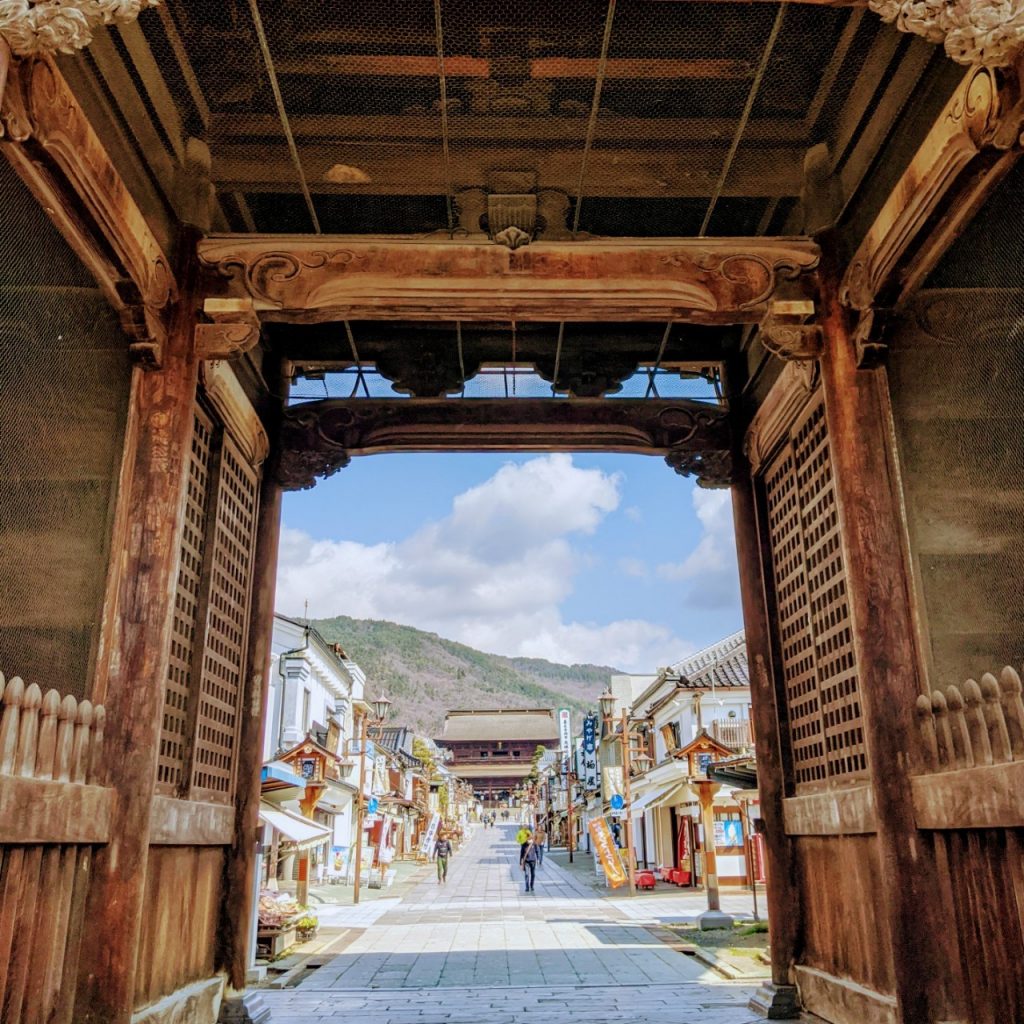
Tea Ceremony and Zenkoji Experience Tour with ‘Shukubo’ Stay
- Spots:
- Pick-up:
- Drop-off:
Located in Nagano City, Zenko-ji Temple is the spiritual heart of Nagano itself. With a near-1400 year history, Zenko-ji’s story is entwined with that of Nagano and to this day, the temple retains its central importance to life in the region. One of the oldest and most important Buddhist temples in Japan, Zenko-ji is also the third largest and home to the first known Buddhist statue ever brought to Japan. Open all year round, the temple performs a morning ceremony every day of the year. Taking place just after sunrise, the time of the ceremony varies throughout the year and is too early to attend when staying in Myoko. But it is worth-noting as it underlines Zenko-ji’s reputation as one of the most open and welcoming temples in the country. While there, visitors are welcome to experience traditional practices including guided meditation, goma prayer and calligraphy.
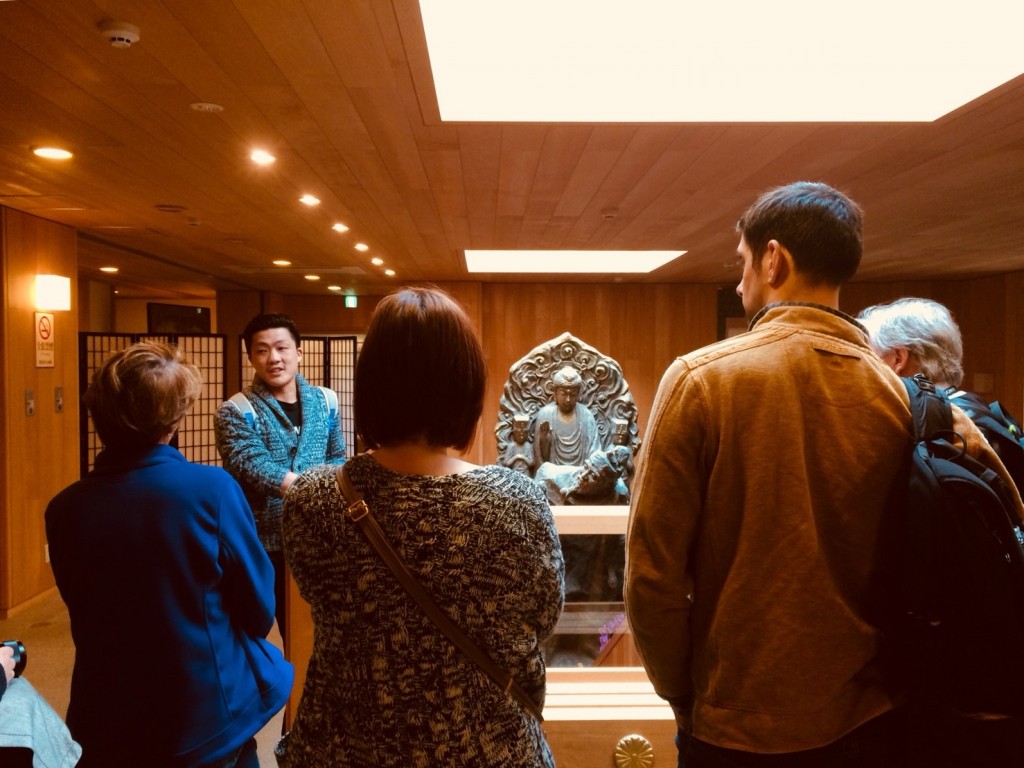
For visitors wanting to experience these activities or simply learn more about the temple, doing so on a private tour is a great way to discover more about the importance of Zenko-ji and role of Buddhism in Japan. We can arrange transport to and from your accommodation in Myoko and combine a visit to the temple with many other nearby destinations and experiences – whatever works best for you!
16 / MATSUSHIRO: NAGANO'S SAMURAI TOWN / all year round
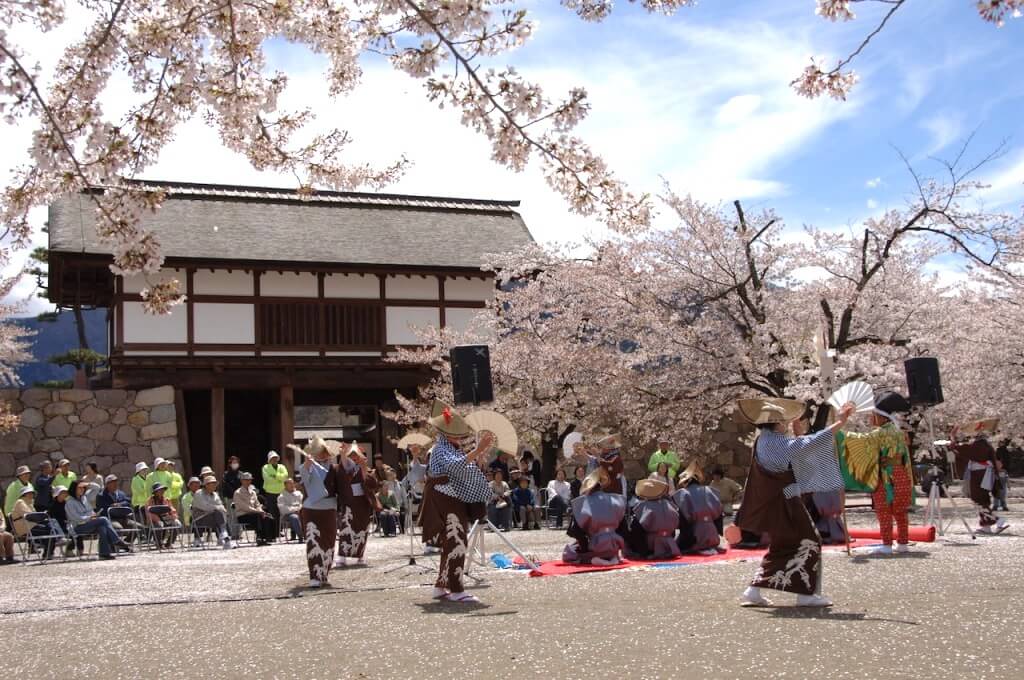
New Tour
1-Day Samurai Food & Life Tour: Oyaki, Samurai Residences, and Katana Practice
- Spots:
- Pick-up:
- Drop-off:
Located 12km to the south of central Nagano City, Matsushiro is a small enclave known for its samurai heritage and as the former stronghold of the Sanada clan. Originally from Ueda, the Sanada clan relocated to Matsushiro during the 17th century. Today, the town’s samurai heritage lives on many excellent Edo Period attractions including Matsushiro Castle Park, the former Sanada Residence and Bunbu Military Academy, other samurai residences, temples, shrines and museums.
17 / ENJOY THE AUTUMN LEAVES / October to November
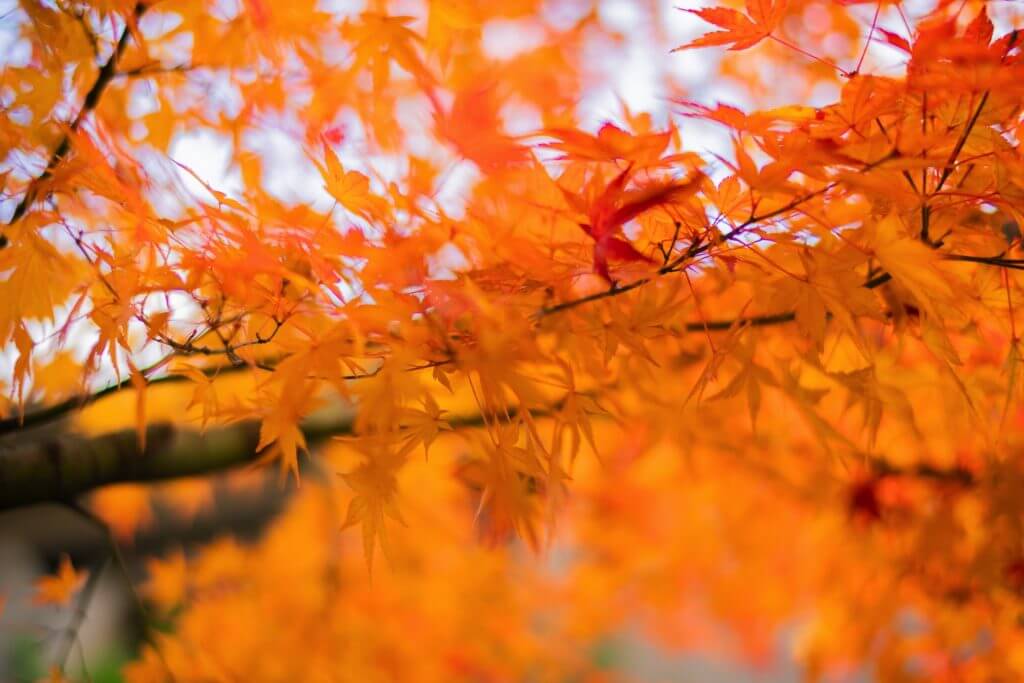
Though not as famous as the blossoms of spring, the autumn leaves of Nagano are an equally beautiful sight. Occurring from around mid-October onward each year, Myoko will shift in colour as the landscape transforms all shades of yellow, amber, and red. Other nearby locations including Togakushi and Shiga Kogen are also known for the beauty of their leaves, while Kamikochi and the Tateyama-Kurobe Alpine Route – spectacular any time of year – are at their most beautiful. Our ‘Autumn Leaves in Nagano’ page is a great place to start when hunting for the best viewing spots in Nagano.
18 / ASCEND THE TATEYAMA-KUROBE ALPINE ROUTE / April to November
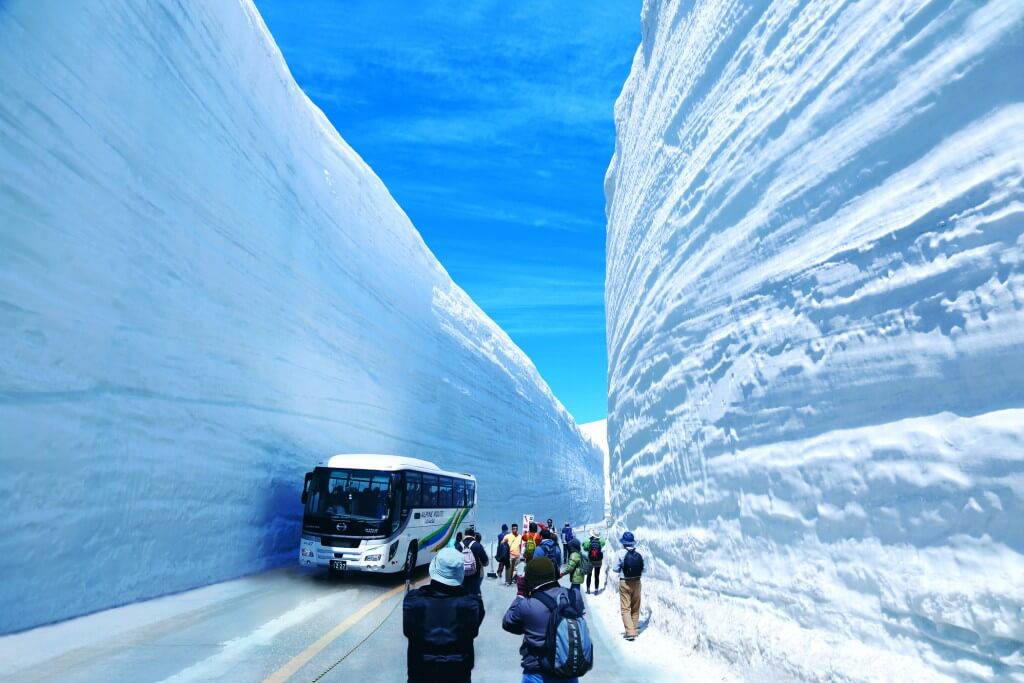
Popular
[Spring Only] 1-Day Tour from Nagano: Snow Walls of Tateyama-Kurobe Alpine Route
- Spots:
- Pick-up:
- Drop-off:
Often referred to as the ‘Roof of Japan’, the Tateyama-Kurobe Alpine Route is one of Japan’s most iconic landscapes. Open each year from mid-April to mid-November, Tateyama-Kurobe can be access on the Nagano-side of the mountain range via Ogizawa Station. At its most popular from opening in April until June, Japanese and international visitors flock to the Tateyama to see the fabled ‘Snow Walls’ – a truly stunning and unique sight. Through summer, once the snow has gone, the Tateyama-Kurobe Alpine Route offers some of Japan’s best hiking while the autumn transitions to a stunning array of colours. We highly recommend making the journey to the Roof of Japan.
19 / VISIT TOYAMA / all year round
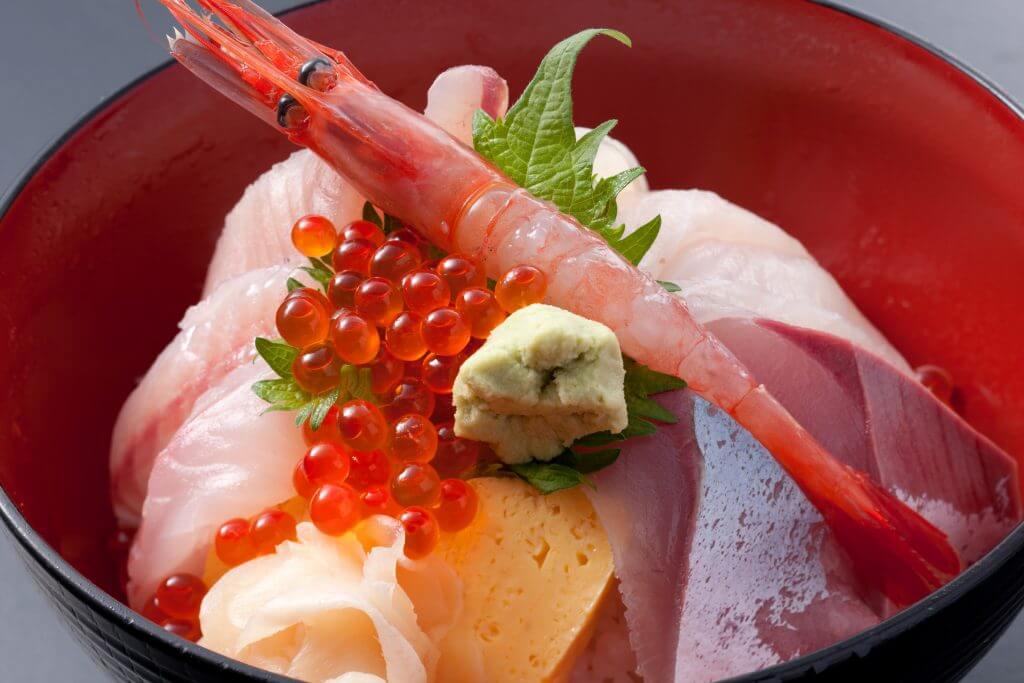
New Tour
1 Day Tour from Kanazawa & Toyama: Tateyama Alpine Route Snow Wall and Mysterious Valley
- Spots:
- Pick-up:
- Drop-off:
The Alpine Route traverse the North Alps from Nagano over to Toyama. For visitors headed to the Toyama-side of the mountain range, the coastal city of Toyama can be reached using either the transports of the Alpine Route or the Hokuriku Shinkansen service running from Joetsu-Myoko Station. Located nearby Toyama Bay, the region is known throughout Japan for its fantastic seafood. One of the great pleasures of visiting the city is trying its famous seafood, best experienced at the seafood markets on the coast or at one of the many seafood restaurants dotted throughout the city. Toyama is a modern and youthful city without the crowds of nearby Kanazawa making it an attractive and convenient option for many travellers.
20 / MATSUMOTO CASTLE / all year round
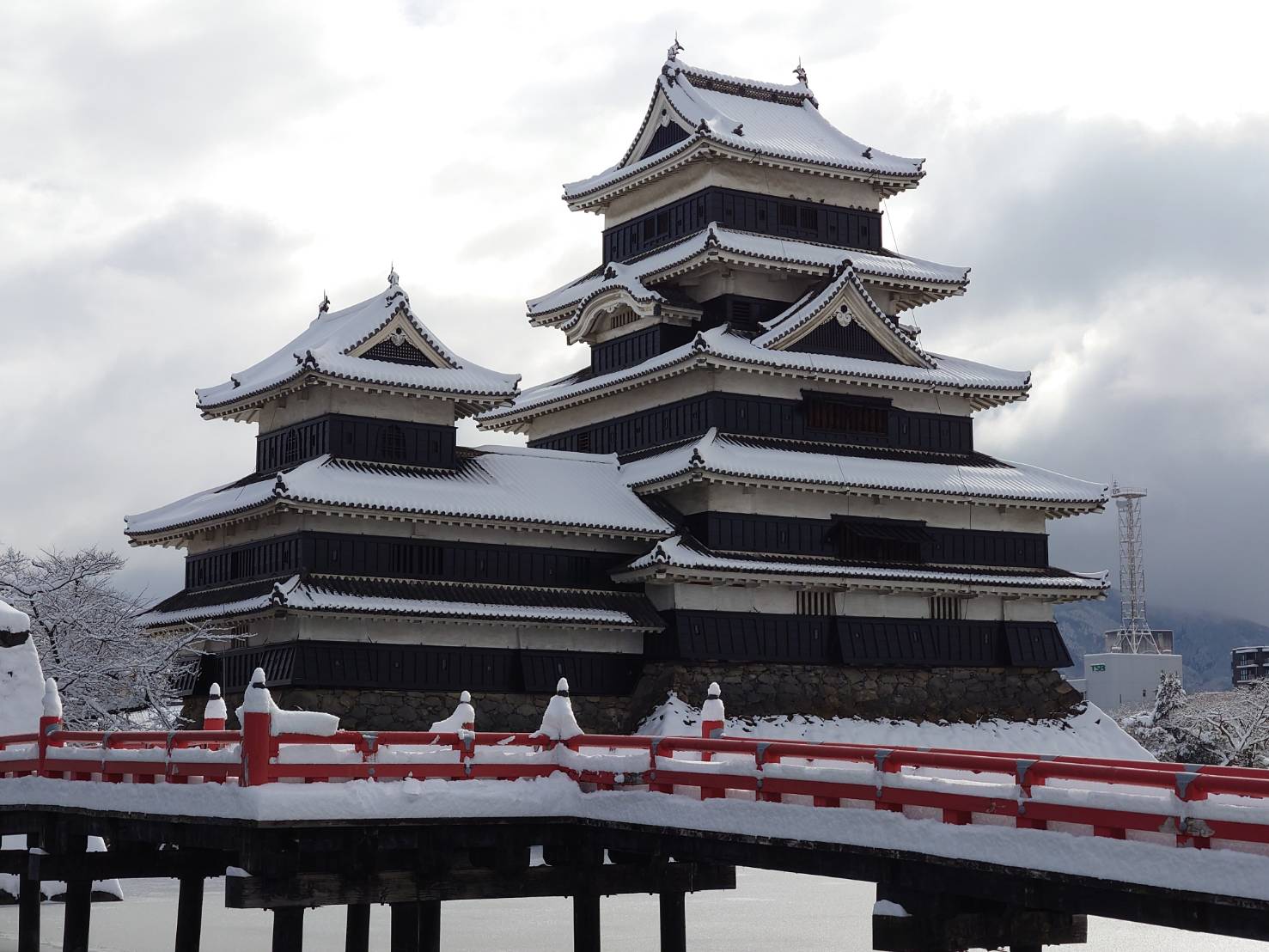
Standing guard over Matsumoto City for more than 400 years, Matsumoto Castle is a registered National Treasure and for Japanese, an instantly recognizable structure. Visiting the castle is an easy and enjoyable day-trip via Nagano Station. While there, enjoy the historic character of the city along with its many good cafes, restaurants, museums and shopping. For visitors moving on from Myoko, Matsumoto is a great launching point from which to head west or south and enjoy the following destinations.
21 / DISCOVER KAMIKOCHI / April to November
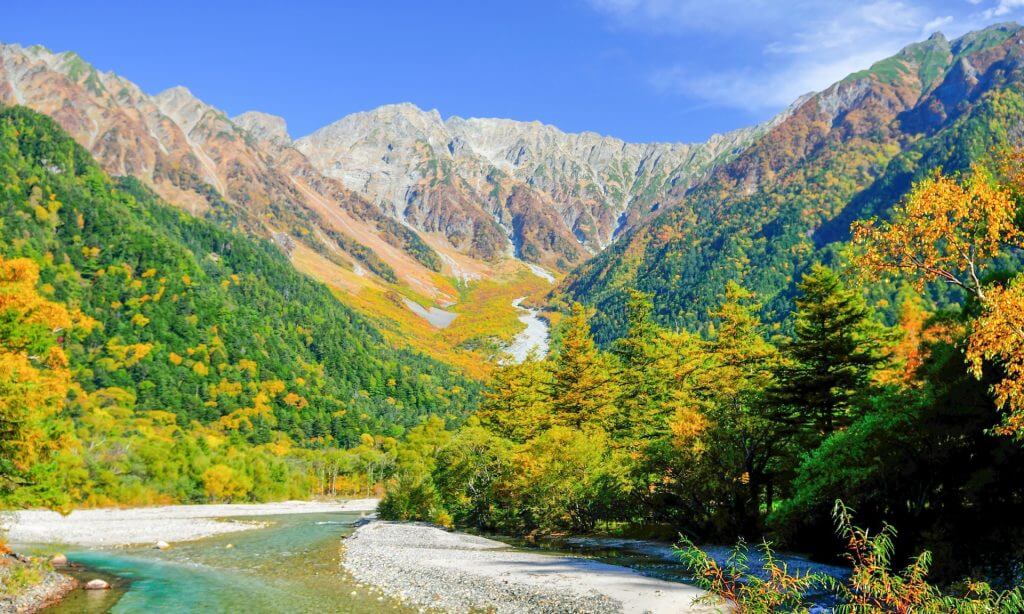
Best Selling
1-Day Tour from Nagano and Matsumoto: Kamikochi & Matsumoto Castle
- Spots:
- Pick-up:
- Drop-off:
Situated in the Chubu Sangaku National Park, Kamikochi is a pristine and beautiful alpine valley open to the public from mid-April until mid-November each year. The valley follows the Azusa River while some of Japan’s tallest mountain peaks rise to over 3000 meters above. From the Kamikochi Bus Terminal, walking trails span-out along the valley – suitable to anyone of reasonable fitness – before more advanced hiking and mountaineering trails lead into the mountains. Considered the jewel of the Chubu Sangaku National Park, visiting Kamikochi is one of Nagano’s most memorable experiences – a truly special place of natural and spiritual importance.
22 / FOLLOW THE NAKASENDO TRAIL / best: May to November
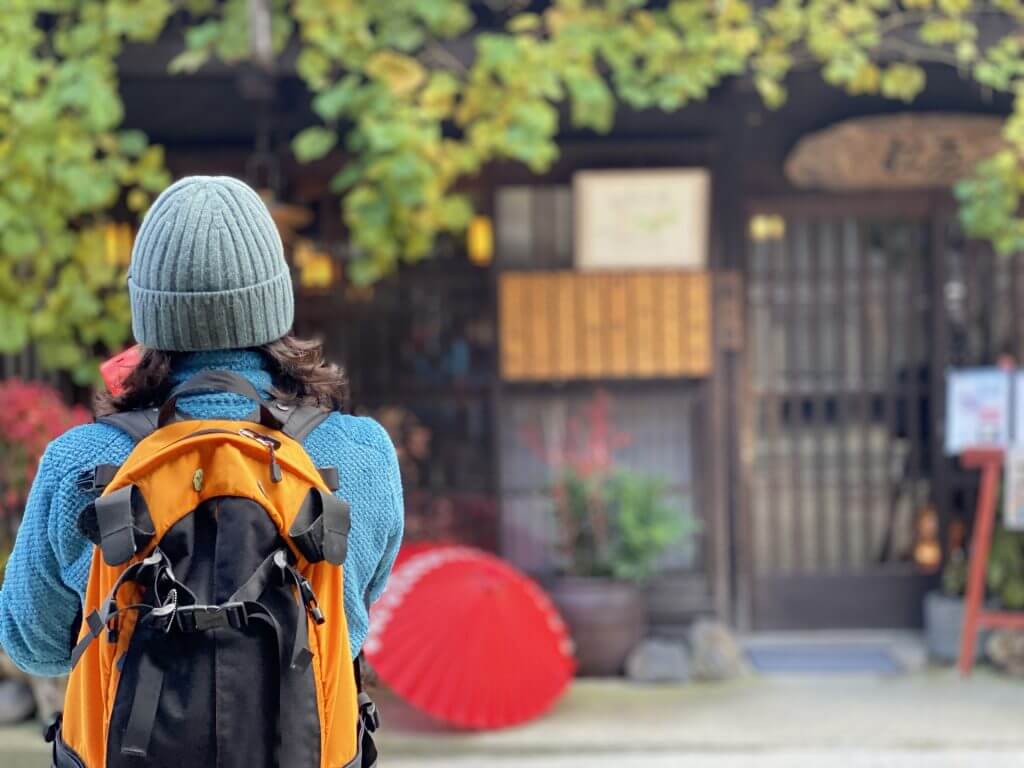
Lying to the south of Matsumoto, the Nakasendo Trail traces a historic highway that once connected Tokyo – then called Edo – and Kyoto during the Edo Period (1603-1868). Though much of the route is now gone, several sections can still be walked including the picturesque ‘Kisoji’, the section of road that runs through the Kiso Valley. Serviced by many ‘juku’ or post towns, the Kisoji is known for the historic preservation of Narai-juku, Magome-juku and Tsumago-juku. These picturesque little towns are cared for by local residents who strive to maintain their traditional aesthetic and ways of life. The journey on-foot between the towns is a lovely experience – particularly in spring and autumn – and one that can be combined on your way to or from Myoko.
23 / TAKAYAMA & SHIRAKAWA-GO / all year round
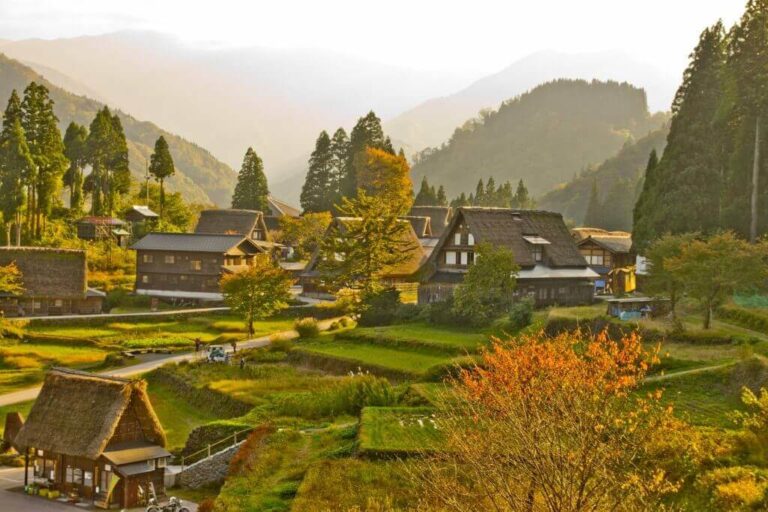
Best Selling
1-Day Tour from Takayama: Explore Scenic Old Japan in Takayama and Shirakawa-go
- Spots:
- Pick-up:
- Drop-off:
We’re now getting quite far from Myoko but still in the region, the historic old town of Takayama and the World Hertiage-listed villages of Shirakawa-go and Gokayama are some of the most popular destinations in Central Japan. Open all year round, they are perhaps best experienced in the warmer months of spring, summer and autumn. Takayama is known for the excellent preservation of its historic town centre while the villages of Shirakawa-go and Gokayama were inscribed on the World Heritage list in 1995, bringing them global attention and recognition of their cultural importance, not just to Japan, but the world. Visiting these living cultural treasures of Japan is well-worth the effort.
24 / VISIT KARUIZAWA / all year round
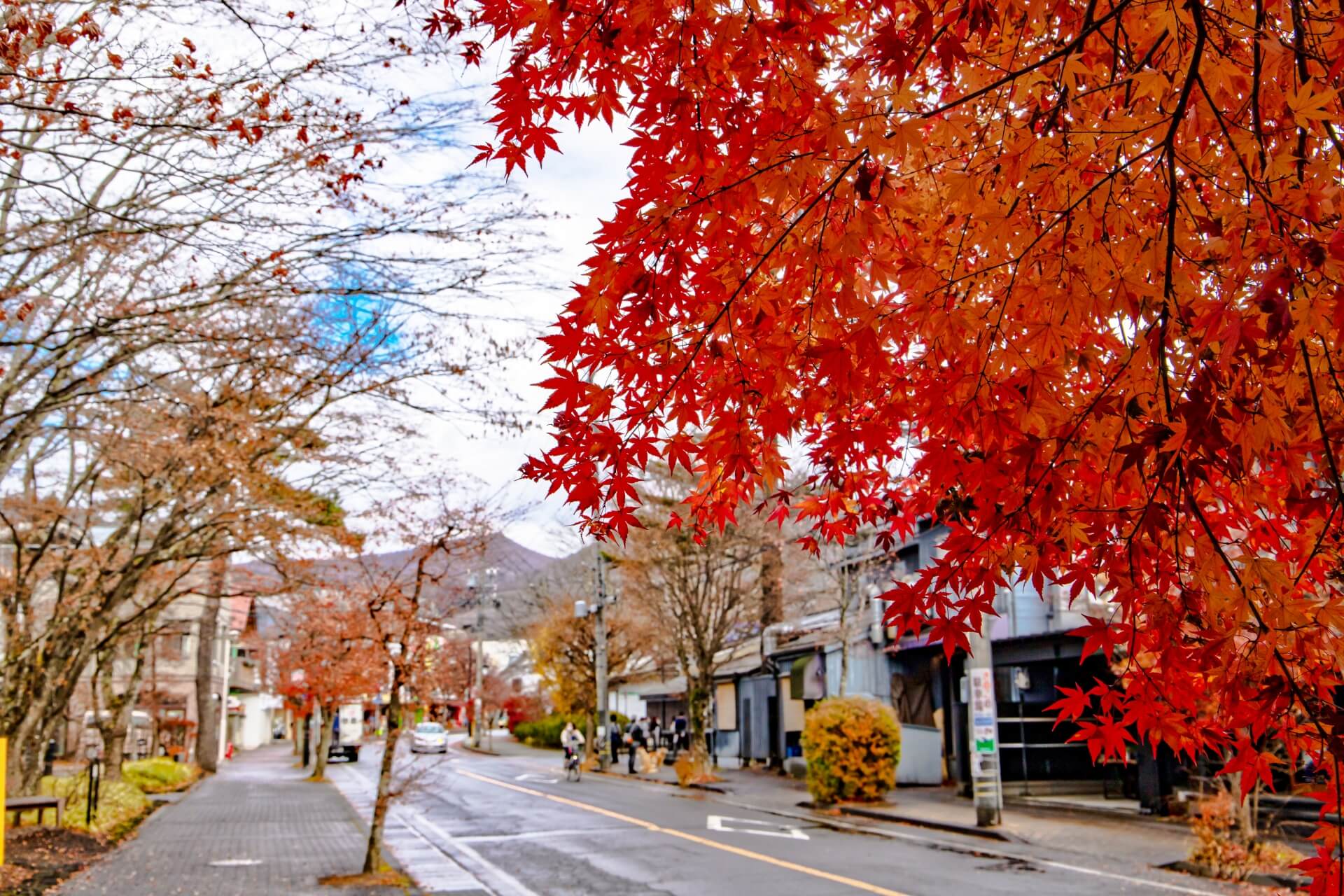
As a stop on the Hokuriku Shinkansen Line, Karuizawa can easily be combined with a visit to Myoko. Many if not most visitors traveling to Myoko from Tokyo, will do so using the shinkansen to Joetsu-Myoko Station, allowing for a stop at Karuizawa Station. Known for its cool climate in summer and small ski resort in winter, Karuizawa is a popular escape for Tokyoites, including celebrities and the wealthy - many of whom have second homes in the mountain town. Home to a good number of fine restaurants and plenty of shopping, Karuizawa will tick the boxes for some visitors while really not appealing to others.
25 / JOIN THE FESTIVALS OF NAGANO / all year round
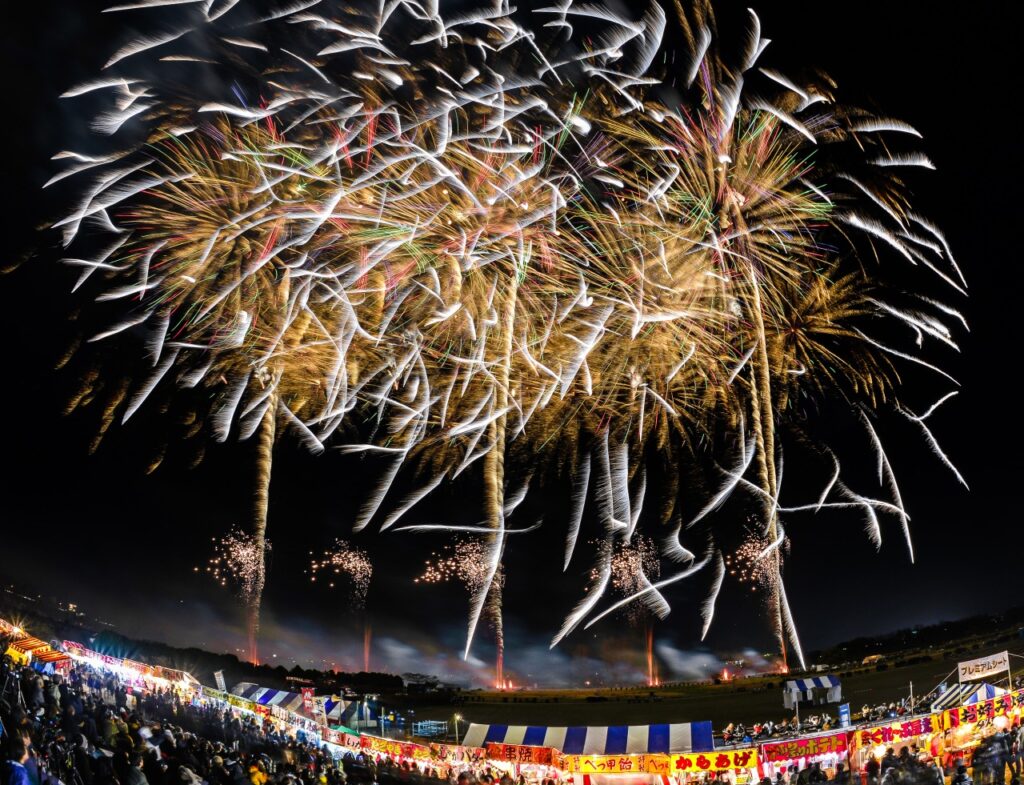
As the vibrant heart at the center of the prefecture, Nagano City is home to some of the region's most exciting festivals and events. The Ebisu-ko Fireworks Festival is held every year on November 23rd. Taking place over 2-hours, this is one of Japan's great autumn fireworks festival, drawing a big crowd into the chilled night to watch the spectacular display.
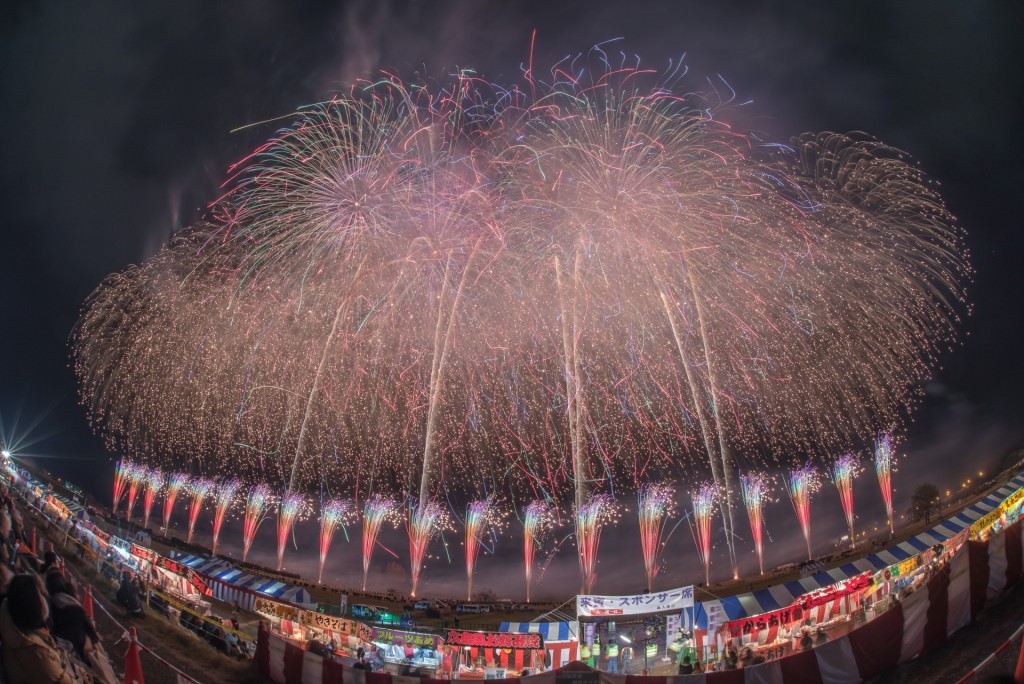
[NOV 23 ONLY] 1-Day Tour: Ebisu-ko Fireworks Festival & Snow Monkeys
- Spots:
- Pick-up:
- Drop-off:
In December, the Zenkoji Ometsando Illumination brings the heart of Nagano and the near-1400 year old Zenko-ji Temple of light in a spectacular display of colour. Running for around one week each year, the dates varies from winter-to-winter so please check our event or tour pages for this year's details.
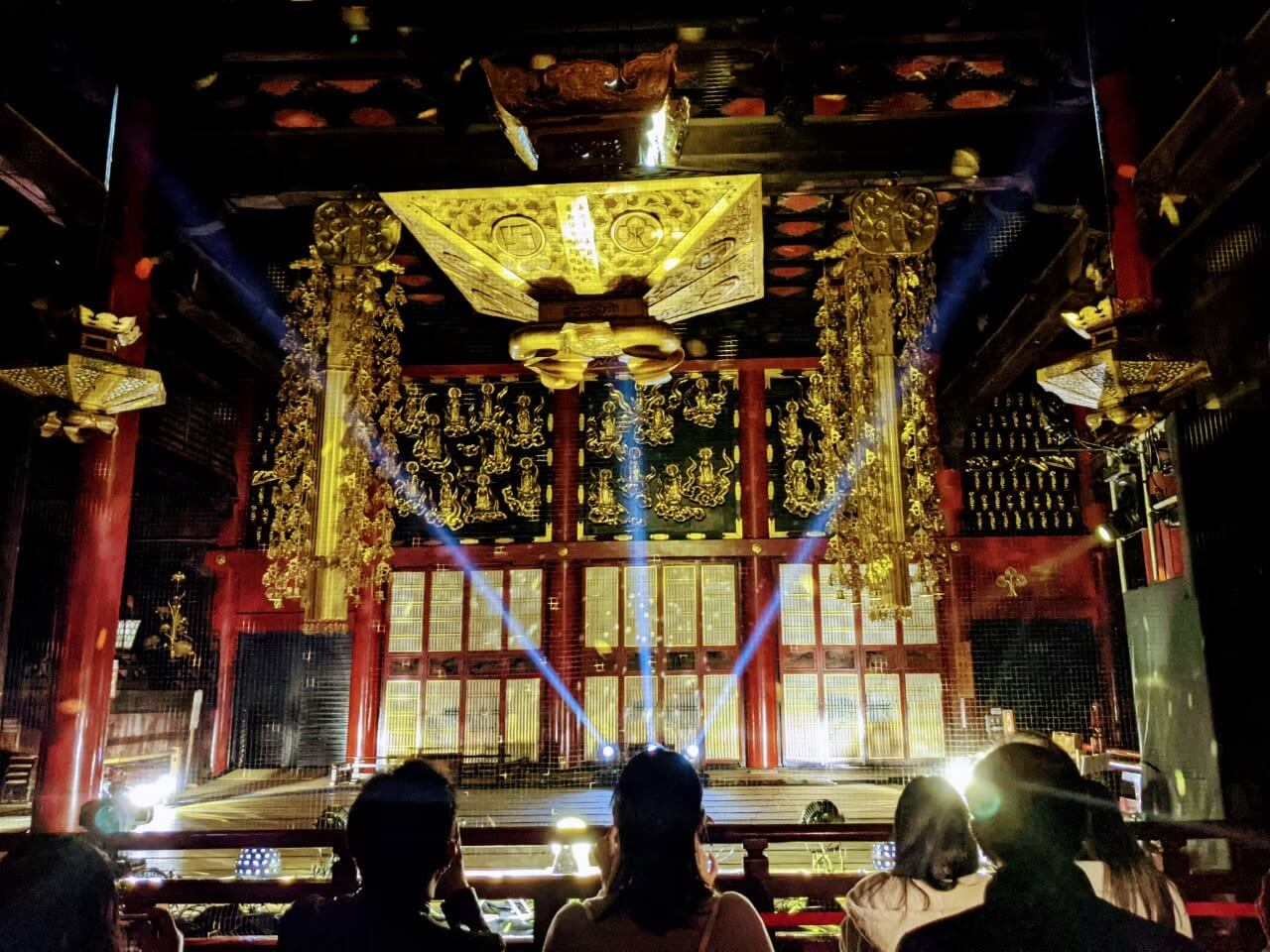
Taking place each year on January 15th, the Nozawa Onsen Dosojin Matsuri is considered one of Japan’s great fire festivals. A raucous and always popular event in the yearly calendar, our group tour operates from Hakuba and Nagano City.
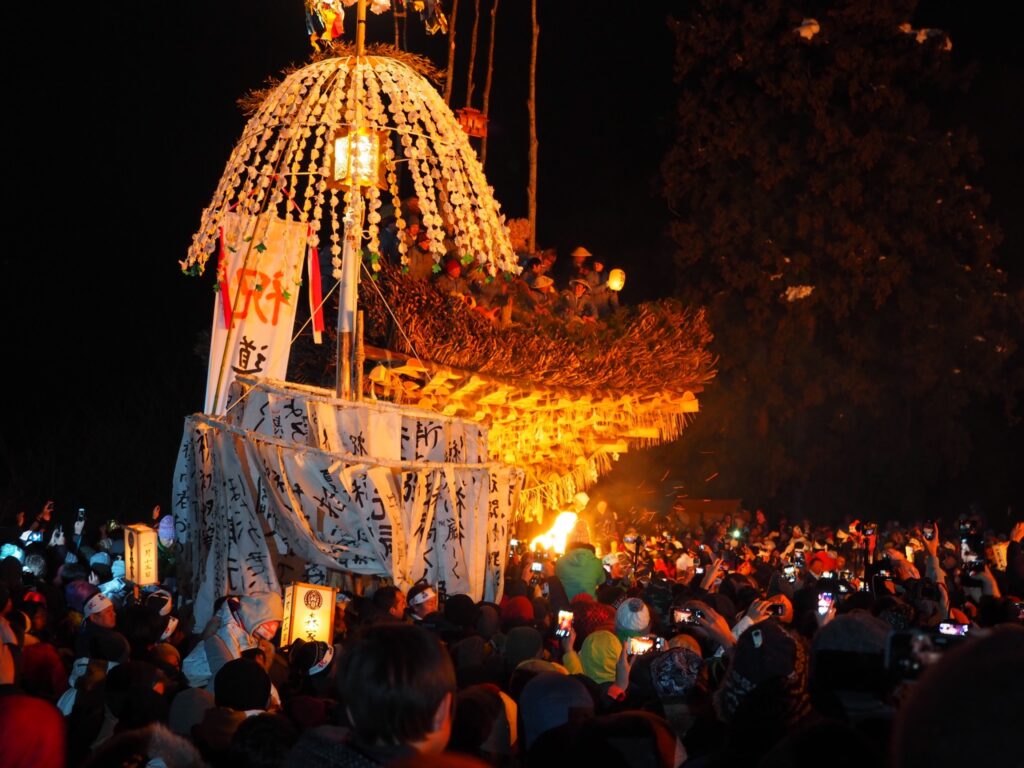
1-Day Tour From Hakuba & Nagano: Nozawa Fire Festival & Snow Monkeys
- Spots:
- Pick-up:
- Drop-off:
In February, Nagano's Zenko-ji Temple again bursts into light and beauty with the annual Tomyo Lantern Festival. This enjoyable and tranquil festival celebrates Nagano's role as host of the 1998 Winter Olympic Games, underpinned by the Buddhist belief of offering light to the Buddha.
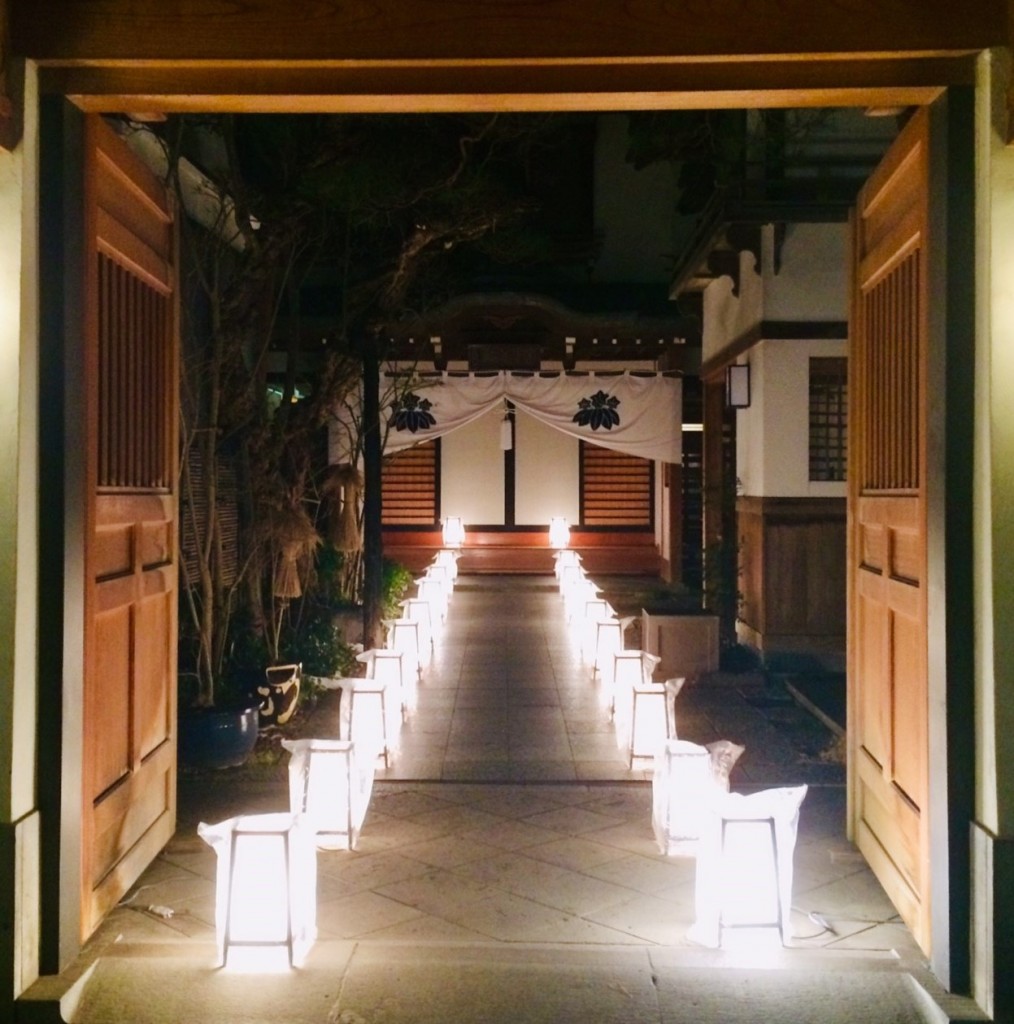
1-Day Tour: Snow Monkeys & Zenkoji Tomyo Lantern Festival
- Spots:
- Pick-up:
- Drop-off:
The temple itself is illuminated while the surrounding streets are decorated with paper lanterns and light installations made by professional artists, hobbyists and children.
BEST PLACES TO STAY WHEN VISITING MYOKO
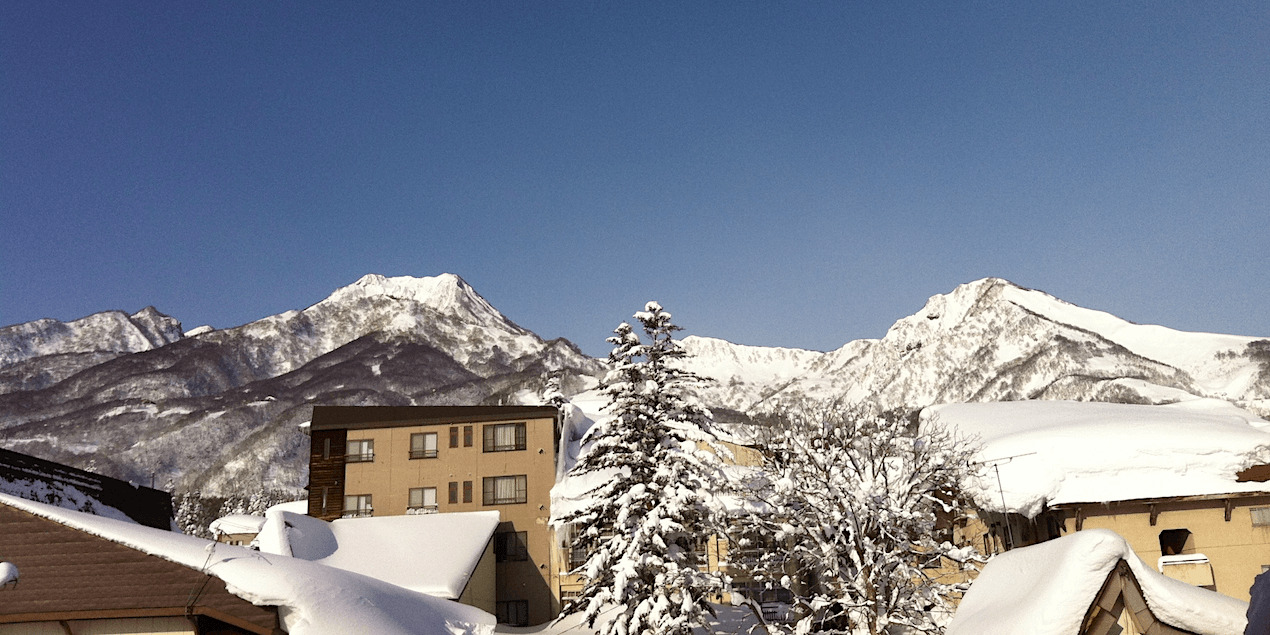
Our 'Best Places to Stay in Myoko Kogen' page includes our recommendations of where to stay and accommodation listings around the resorts. Most accommodation in Myoko is found in and around the ski resorts. The hot spring village of Akakura Onsen has the greatest concentration of accommodation in the Myoko Kogen making it the unofficial village of the overall area. It provides direct access to the joint resorts of Akakura Onsen and Akakura Kanko, has the most restaurants and bars, and bus services to the other resorts making it a convenient place to stay. The village around Ikenotaira also offers a number of good options while Lotte Arai boasts one of the few high-end hotels in Myoko and the popular resorts of Madarao and Nozawa Onsen are within easy reach for visitors driving themselves.
MYOKO KOGEN SKI RESORTS: THE STATS & FACTS
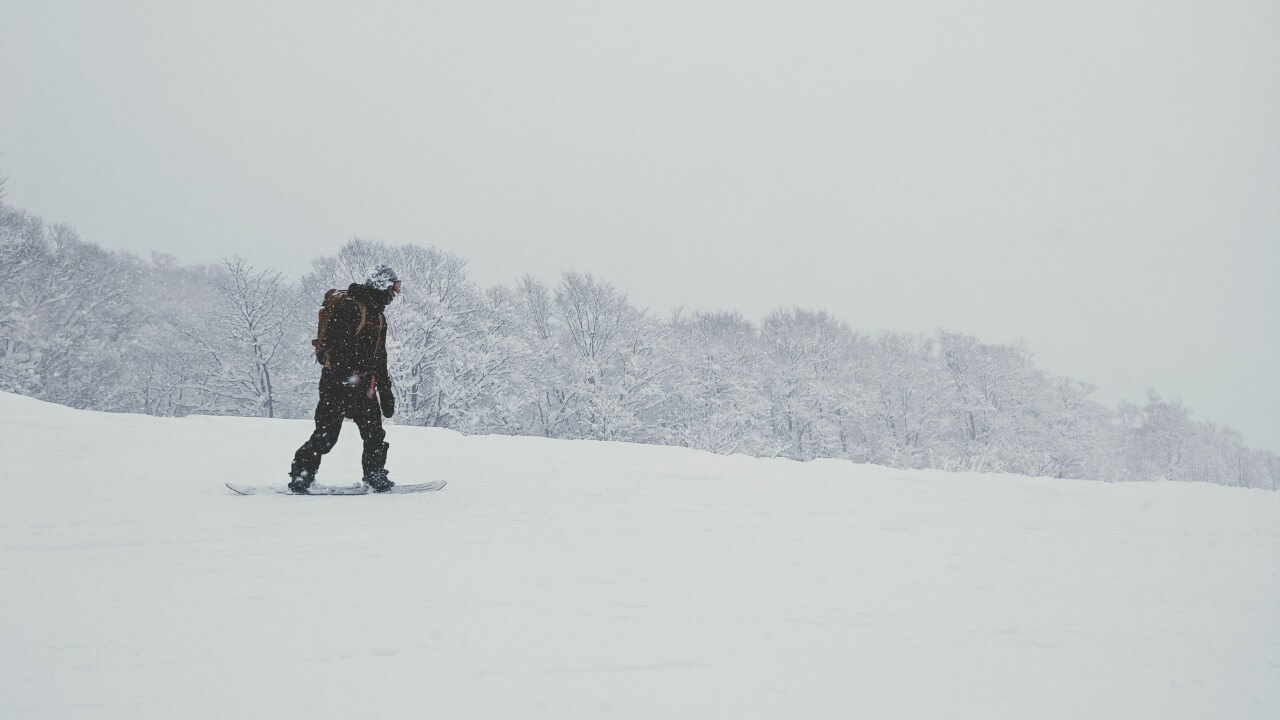
The resorts of Myoko Kogen offer some of Japan’s deepest powder, best backcountry and a distinctively local experience you might not find at other, more developed resorts. Including Akakuara Onsen, Akakura Onsen, Ikenotaira, Suginohara and Seki Onsen, the resorts of Myoko Kogen have recently be added to with the opening of nearby Lotte Arai. Within easy reach of Nagano City and Tokyo using the Hokuriku Shinkansen, Myoko Kogen is quickly coming to the attention of international skiers and snowboarders who have discovered just how big Japan’s big powder can be! For all the stats, facts and highlights, see our ‘Myoko Kogen Ski Resorts’ main page.
JAPAN SKI RESORTS: EVERYTHING YOU NEED TO KNOW
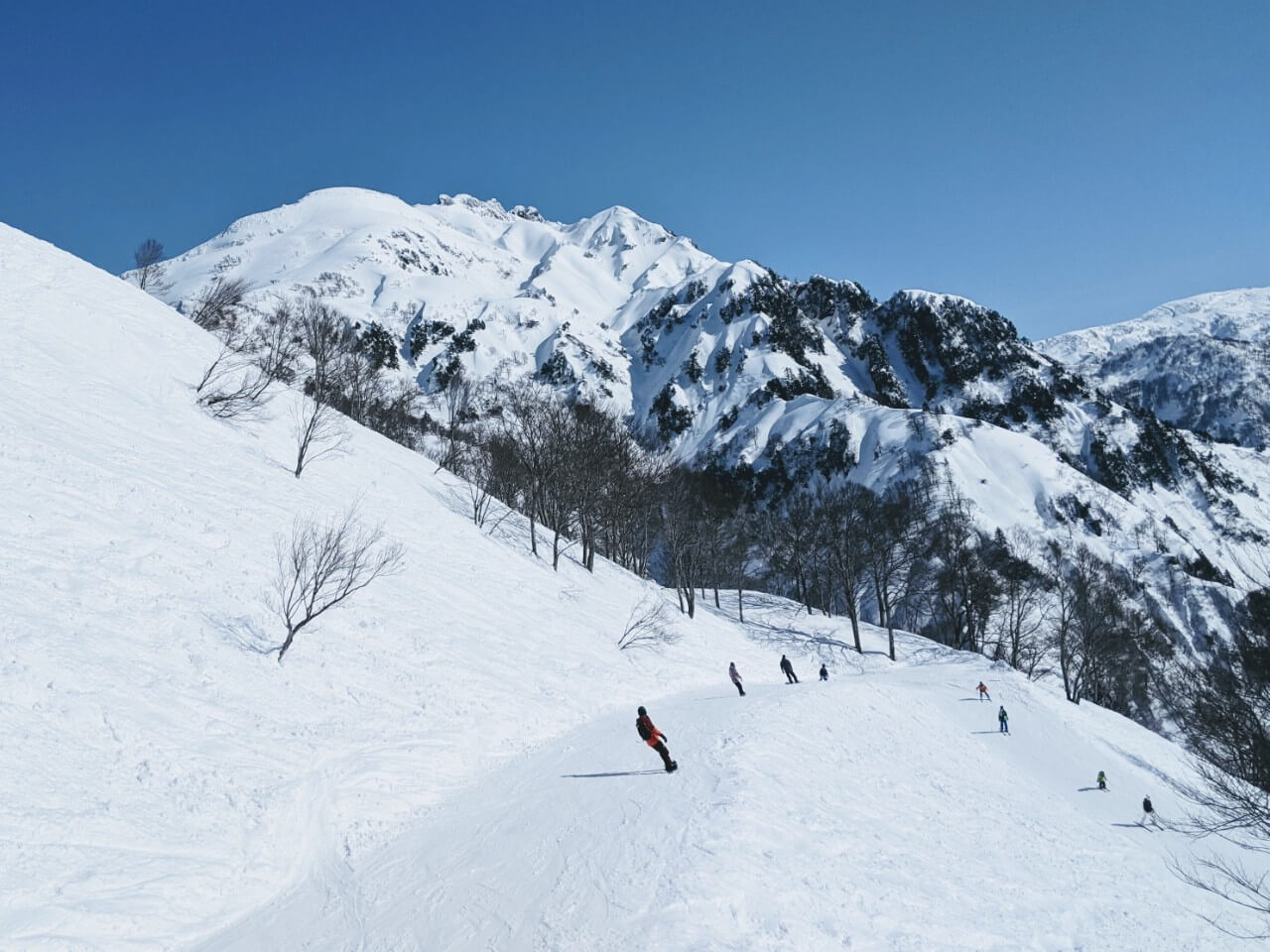

Did you know the resorts of Myoko Kogen are just some of the hundreds in Japan? Needless to say, when you choose Nagano for your winter getaway you are spoiled for choice! Our ‘Japan Ski Resorts’ page has everything you need to know to start planning your ski and snowboard adventure including: LATEST NEWS & DEALS, THE BEST RESORTS IN NAGANO & JAPAN, FAQs and of course OUR SKI PACKAGES, ACCOMMODATION, TRANSPORT & TOURS.
HOW TO GET TO MYOKO KOGEN
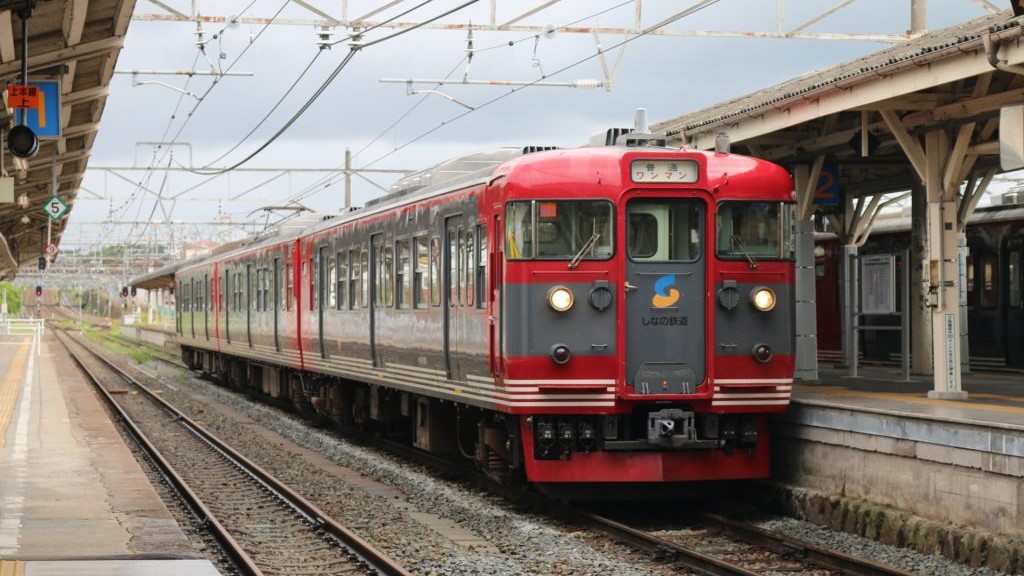
The Myoko Kogen area is serviced by two train stations. For visitors heading to the main ski resorts, Myoko-Kogen Station will be the most convenient while those headed to Lotte Arai and some other destinations in the area will be best-served to head to Joetsu-Myoko Station. For detailed information, see our 'How To Get To Myoko Kogen - Nagano Ski Resorts Info' page.
TOURS AND CHARTERS FROM MYOKO
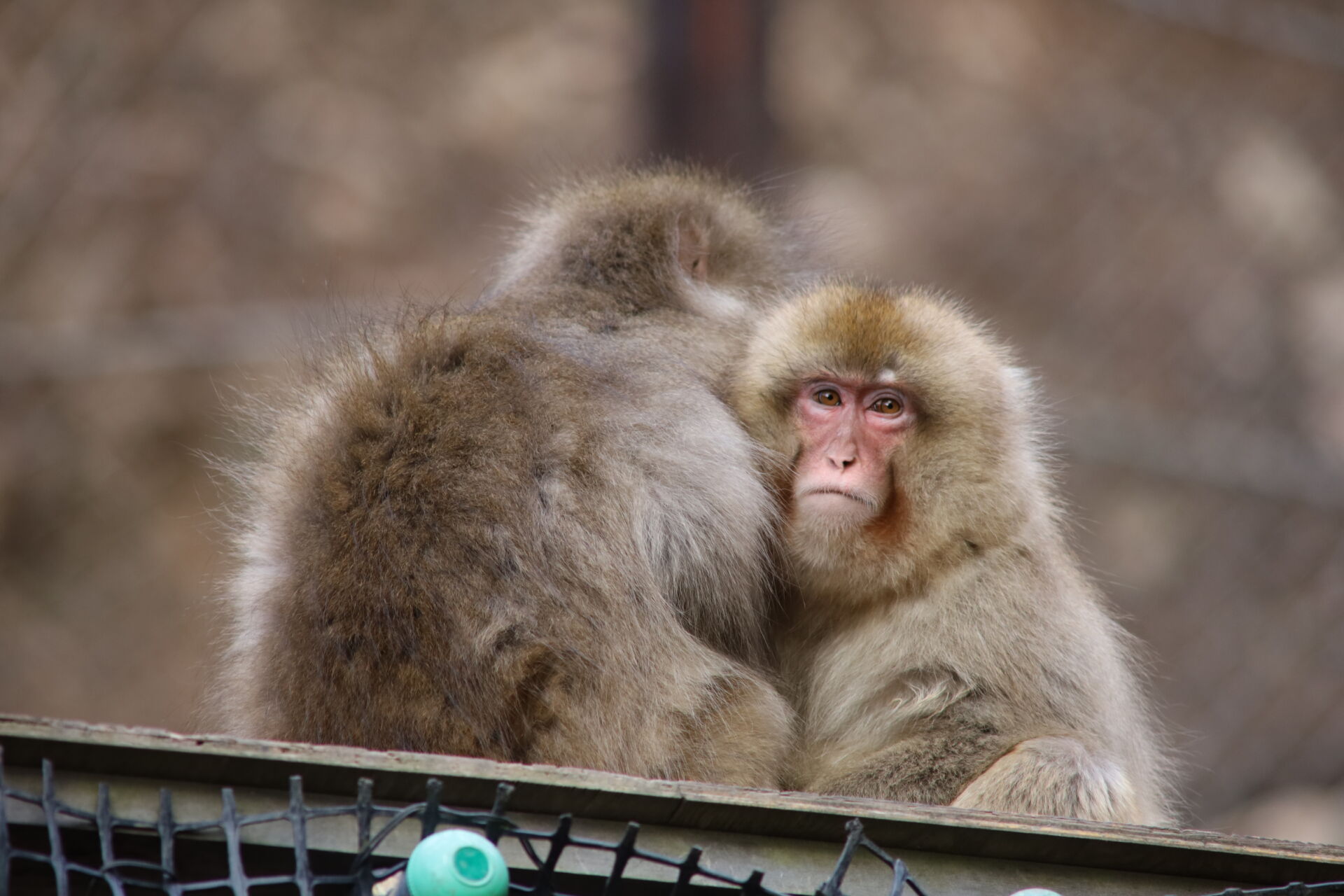
If you are staying in Myoko Kogen for a ski trip, you may end up with a few off days to spend in the area. While Myoko Kogen itself doesn’t have much to offer beyond skiing, there a plethora of amazing options for a day out in its immediate surroundings.
With pick up directly from your accommodation in Myoko, or a location of your choice, this private tour is ideal for larger groups, travelers looking for a more tailored experience, or anyone who wants to see the Snow Monkeys of Jigokudani! With a visit to the Monkeys followed by an exquisite Japanese lunch and a stop by the charming town of Obuse and the historic Zenko-ji temple, this tour will show you the highlights of the area and give you a break from skiing for a day.
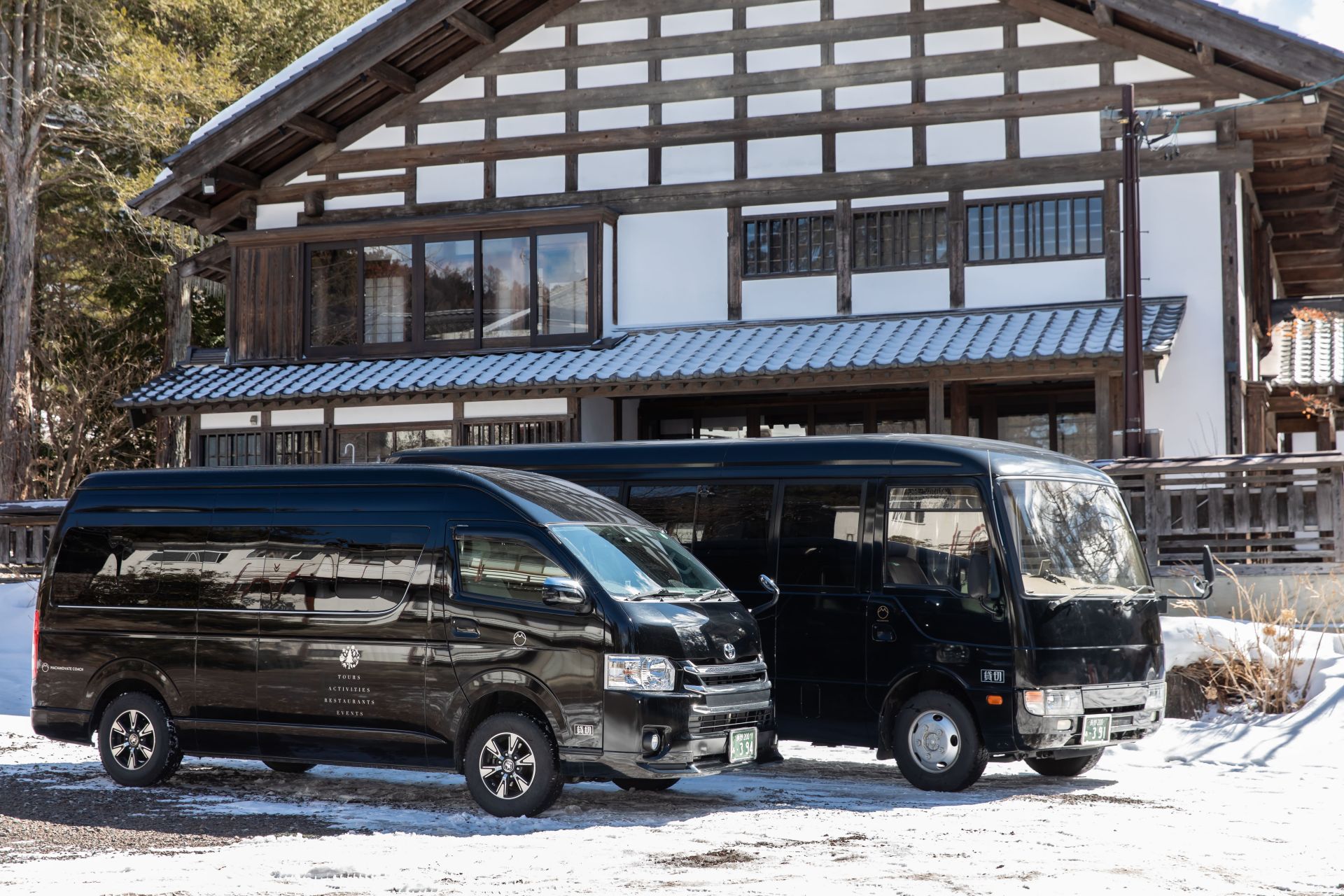
If the itinerary of the above tour isn’t exactly to your liking, or you aren’t in need of a guide, our private charter service is what you have been looking for. With clean, modern vehicles driven by safe and friendly drivers, we can take you wherever you would like to go around Central Japan, even as far as the international airports in Tokyo or Nagoya. You can even request a guide to make your own private tour. For more information on pricing and availability, please click HERE.














